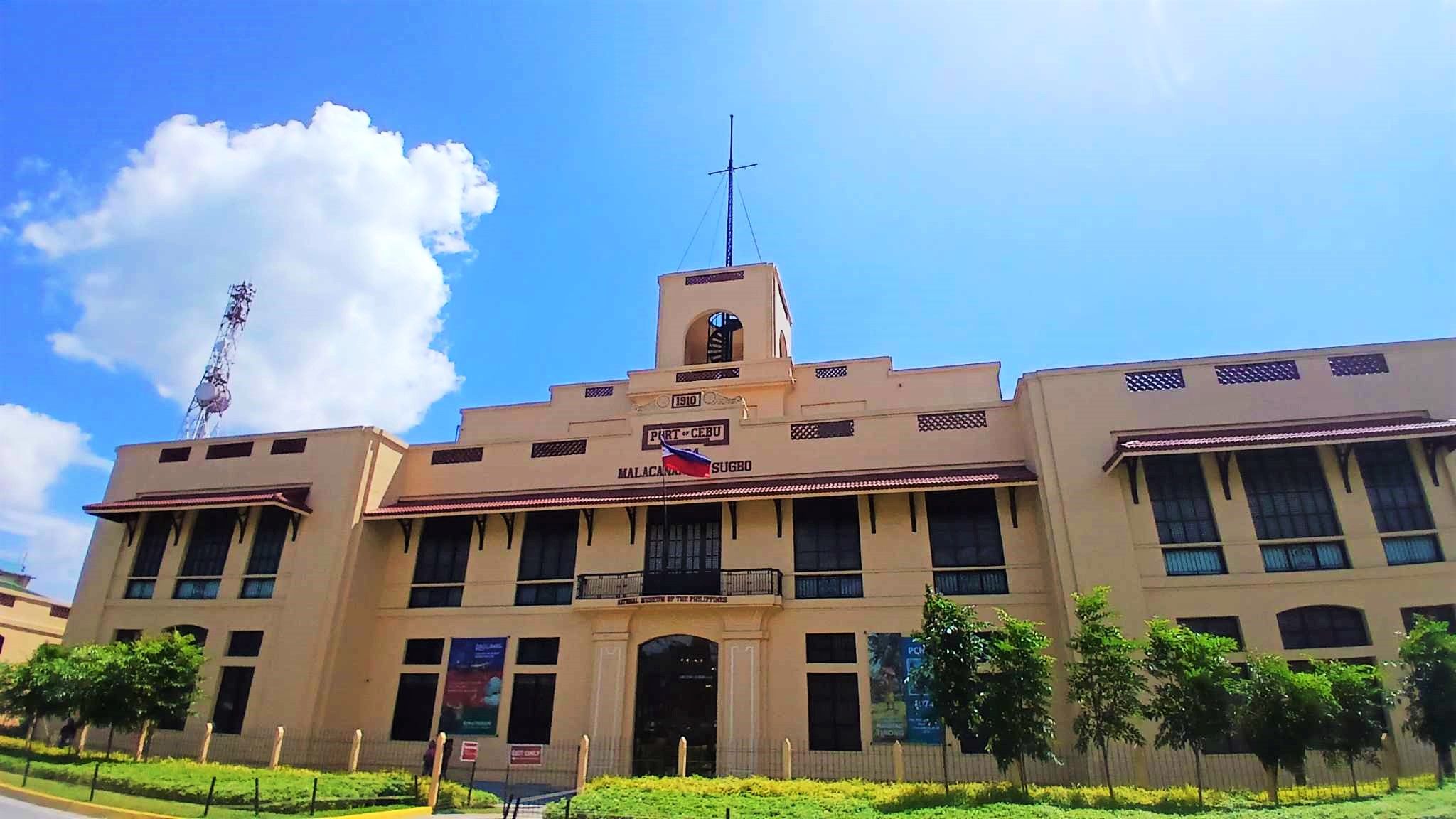
At first, I thought that there would be an entrance fee, but they only require you to present an ID.

Note: There are rules that need to be followed inside the museum: no videos, no flash photos, no food/drinks, no backpacks inside. Items like umbrella and water bottles must be placed in the designated area before entering the galleries. Additionally, touching the artifacts and glass cases are not allowed.
So, after the brief instruction of the rules, I immediately headed to explore the galleries. First up was the Kinaiyahan: Cebu's Natural Wonders.
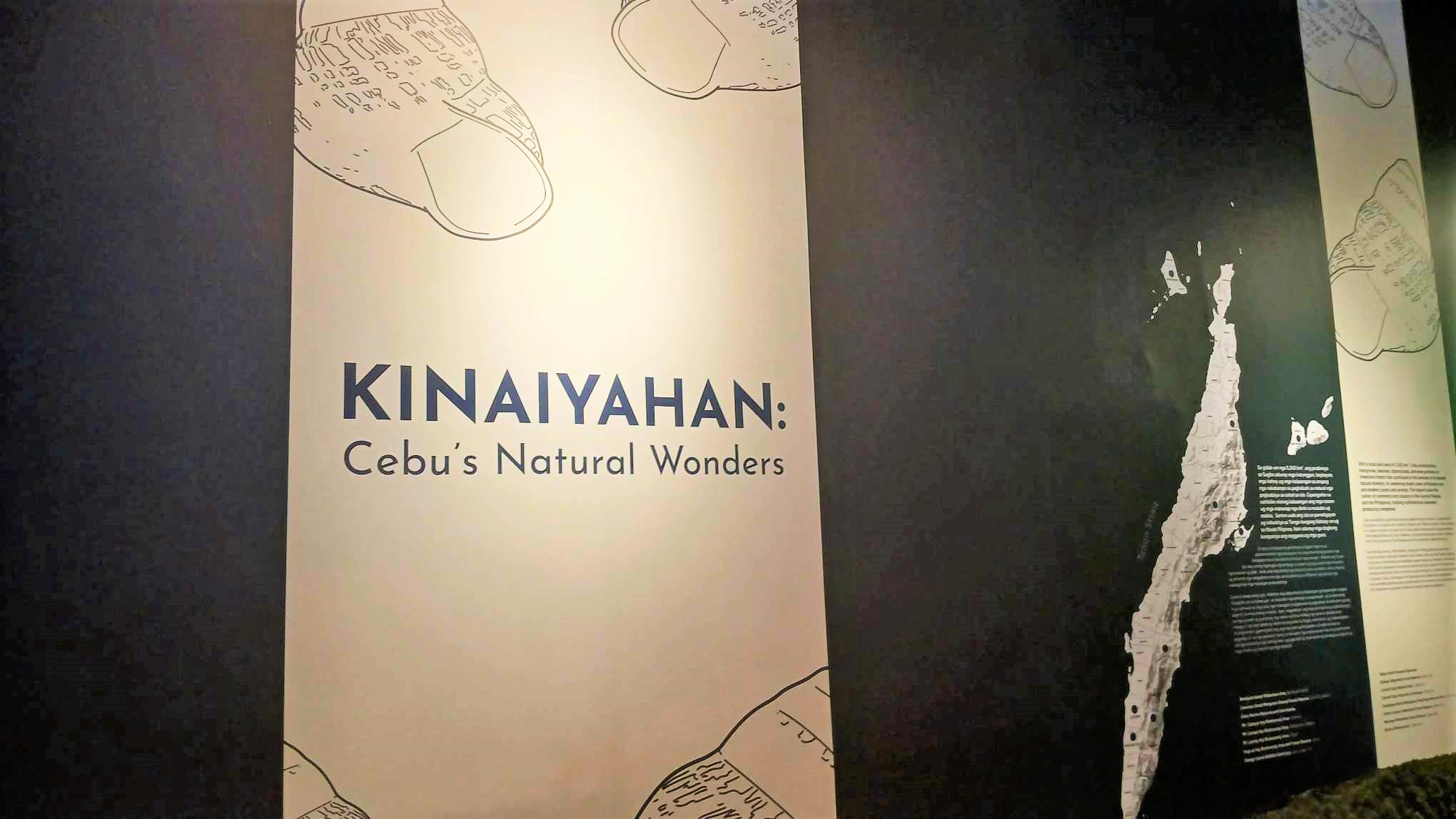
As I started exploring the first gallery, I saw many beautiful natural representations of Cebu. Even though it was just the beginning, I was already learning something new and reminiscing about classroom teachings, especially in Science.

The Cebu Tamaraw, scientifically known as Bubalus cebuensis, is an extinct species of dwarf water buffalo. This herbivore lived on the island of Cebu probably between 10,000 and 100,000 years ago-during Pleistocene (Last Ice Age)- or perhaps as recently as a few thousand years ago. Standing only 75 cm (2.5 ft) at the shoulder and weighing about 150-165 k, it was even smaller than another Philippine dwarf species, the living tamaraw (Bubalus mindorensis), which is endemic to the island of Mindoro. Despite being miniature, B. cebuensis was robust in stature and had large teeth and feet relative to the size of its body.
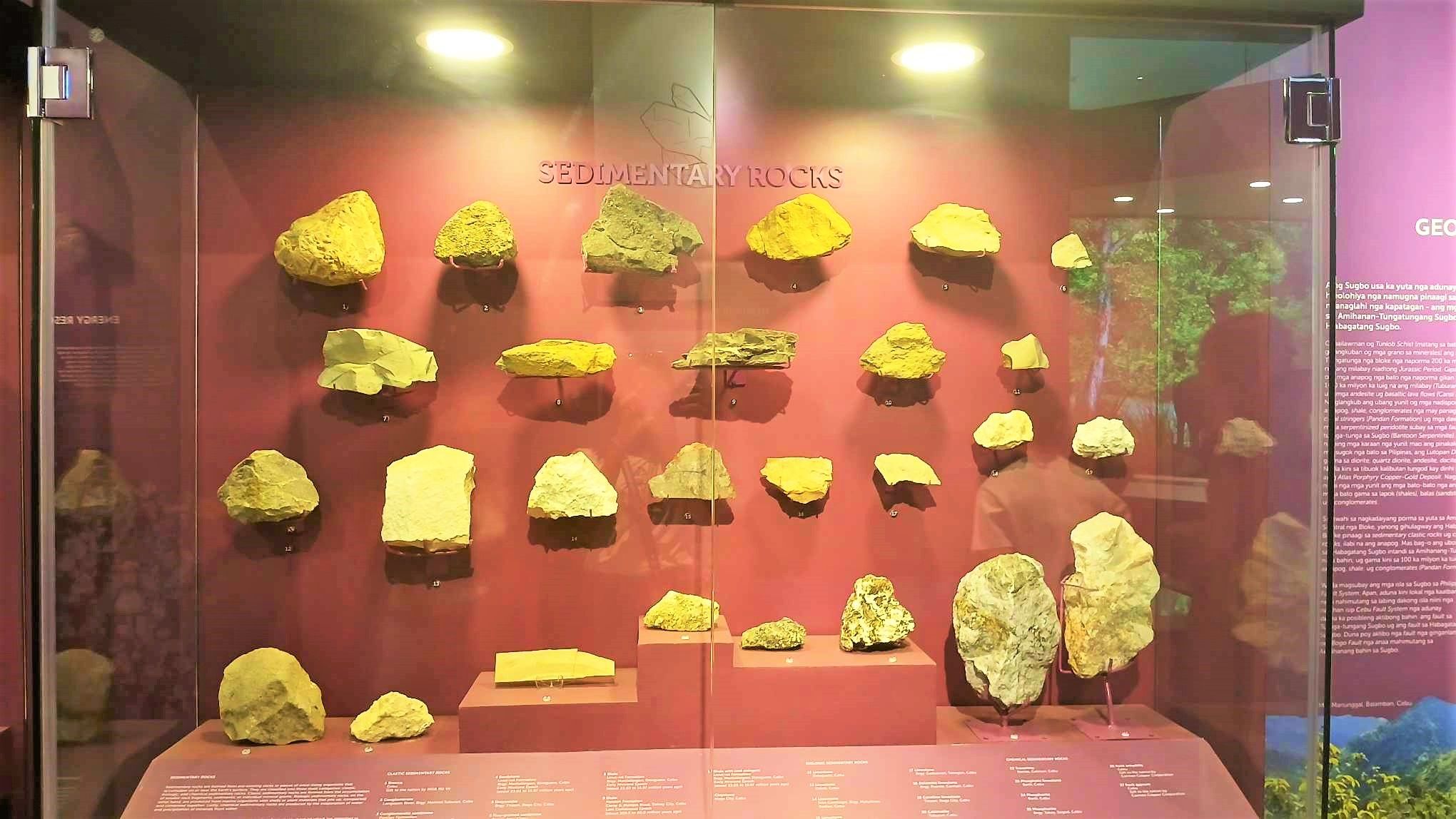
The island of Cebu is dominantly underlain by sedimentary formations, most of which are identified as limestone, a highly soluble carbonate rock. The dissolution of these limestone bedrocks result in a distinct landscape called karst. Karts terrains are characterized by distinct surface and subsurface features such as caves, sinkholes, and subterranean streams.
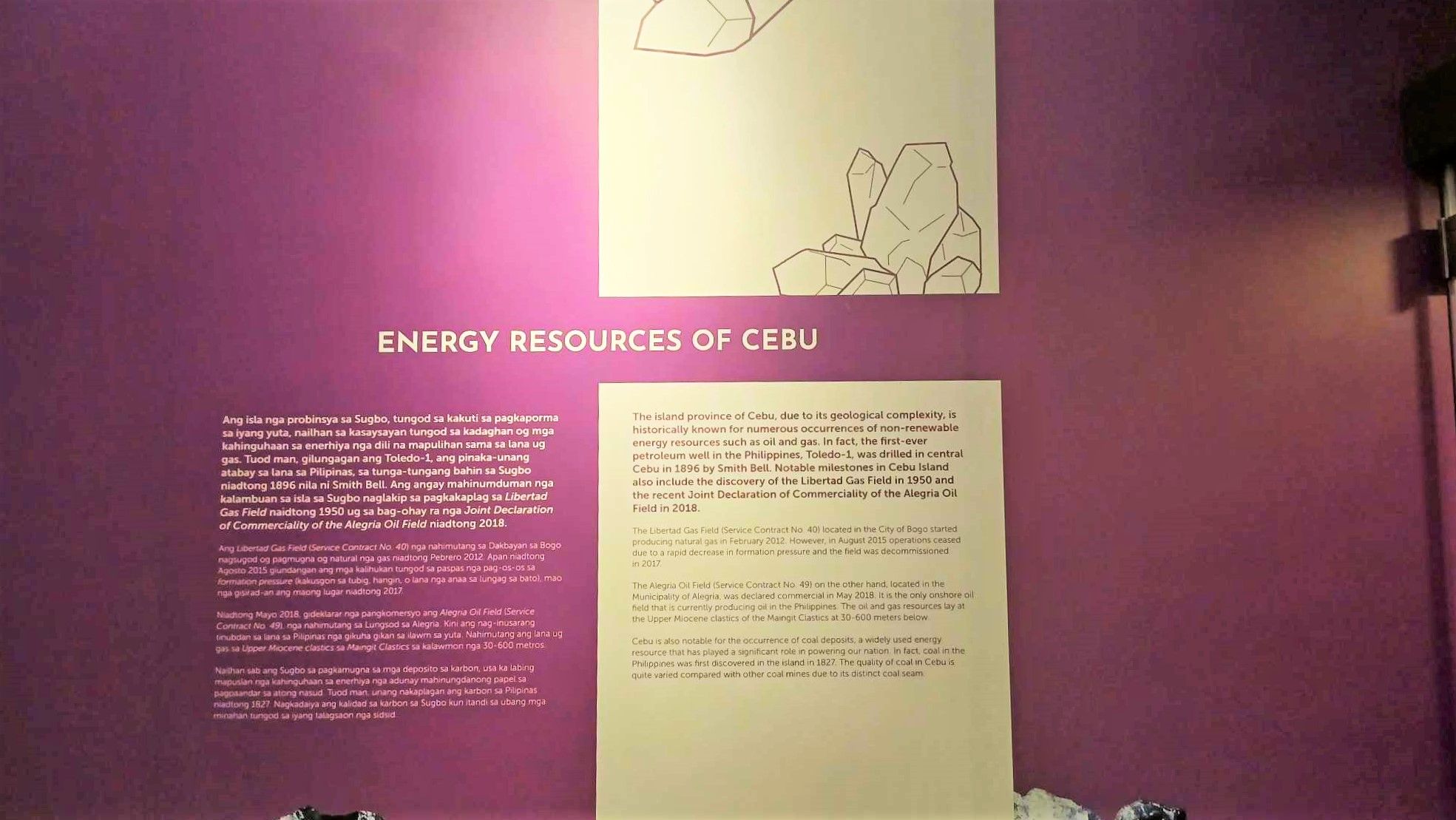
The island province of Cebu, due to its geological complexity, is historically known for numerous occurrences of non-renewable energy resources such as oil and gas. In fact, the first ever petroleum well in the Philippines, Toledo-1 was drilled in central Cebu in 1896 by Smith Bell. Notable milestones in Cebu Island also include the discovery of the Libertad Gas Field in 1950 and the recent Joint Declaration of Commerciality of the Alegria Oil Field in 2018.
In this display case, I found a miniature of an oil well, a drilling bit, crude oil, and coals which I found interesting, especially the drilling bit.

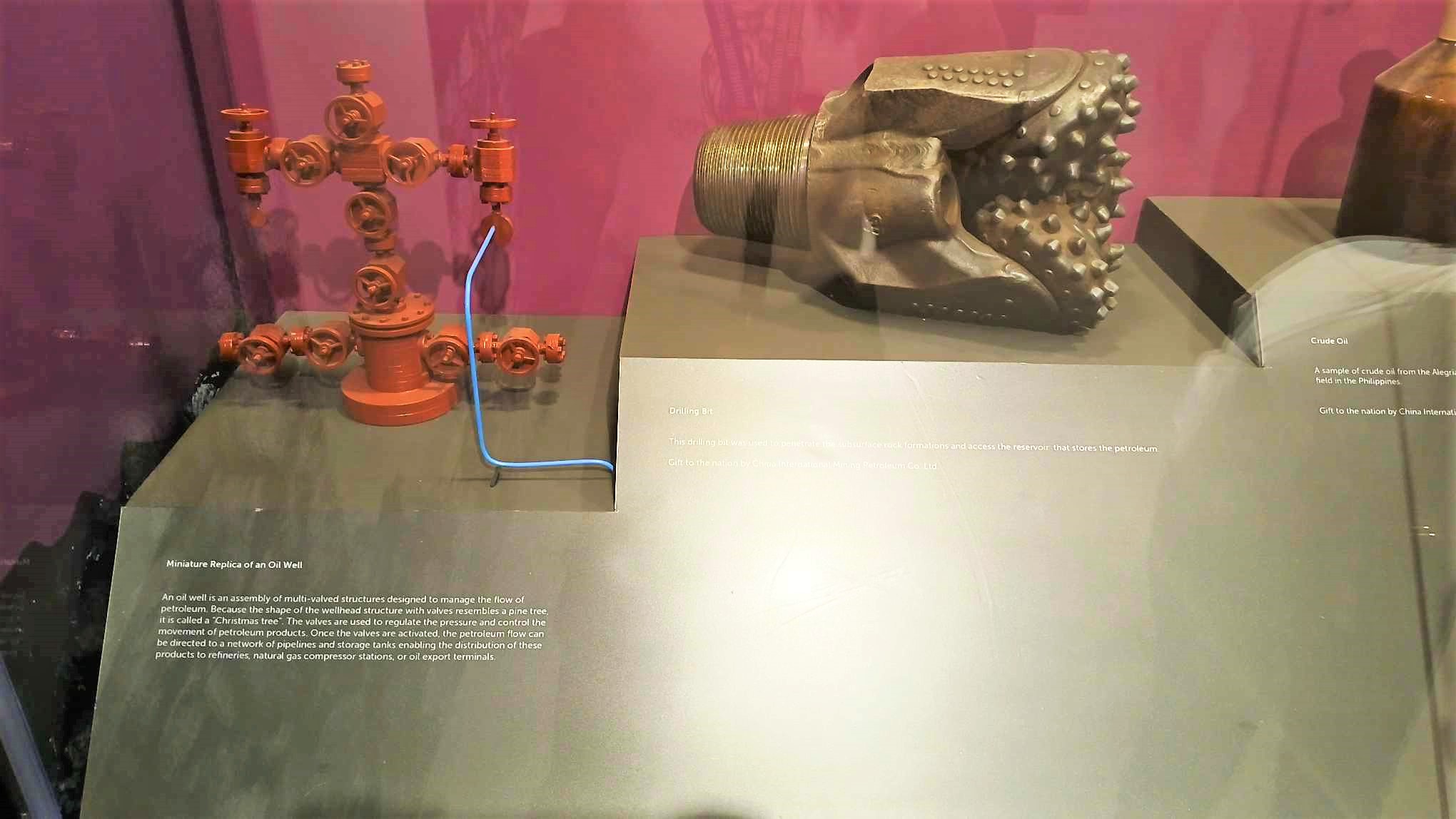
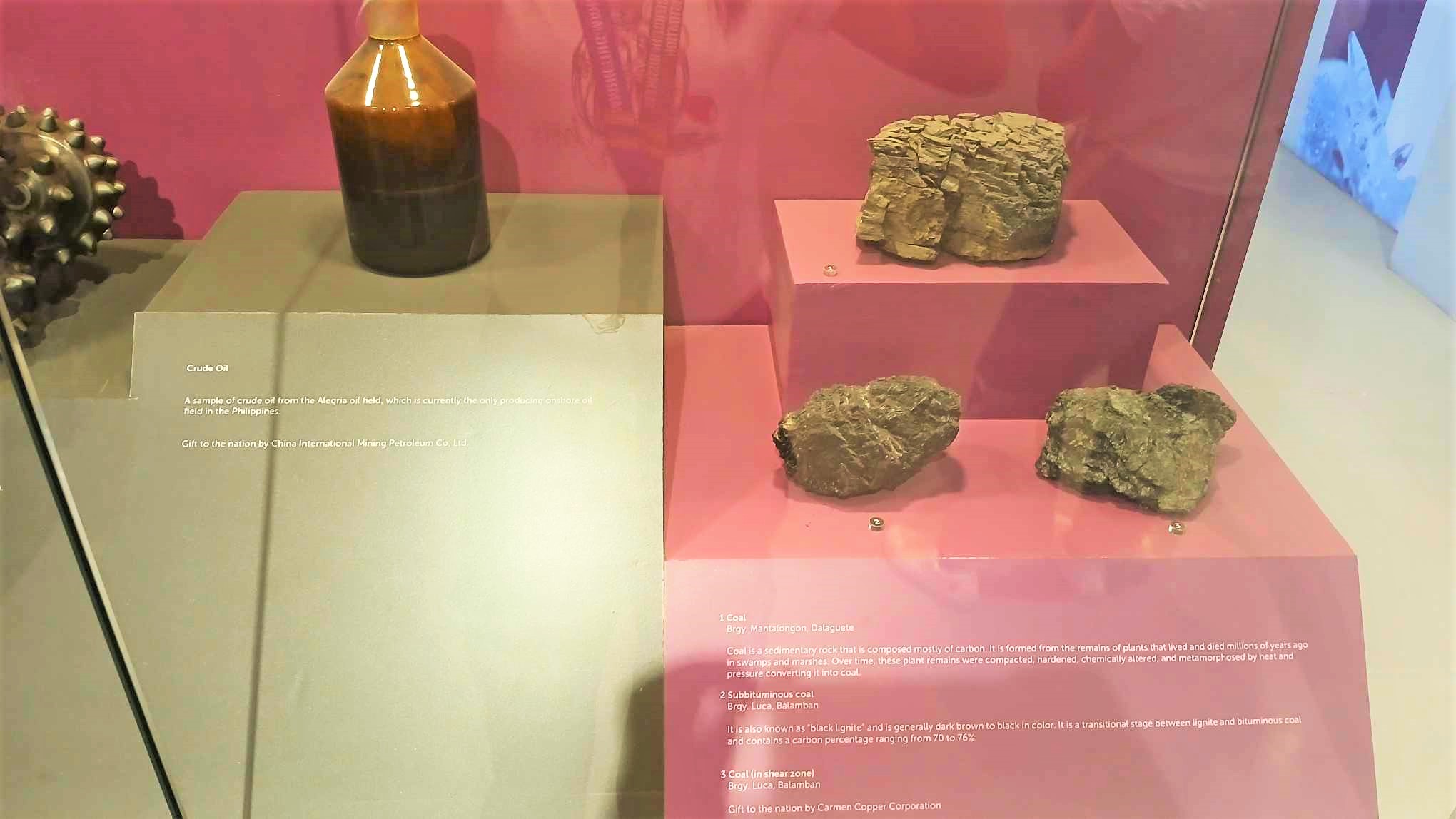
Mineral resources from various parts of Cebu, like Toledo City, Carmen, and others, are also displayed there.
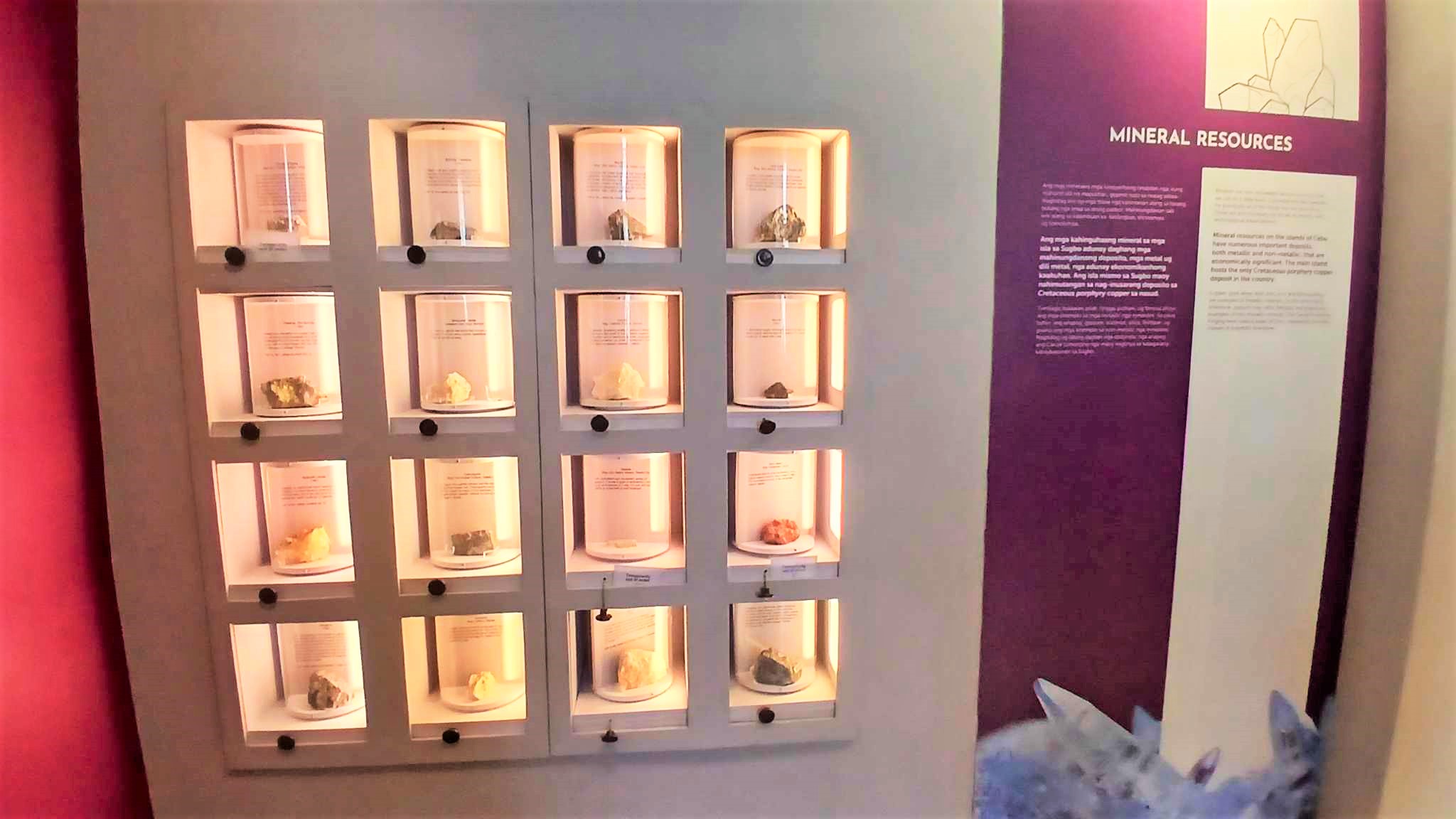
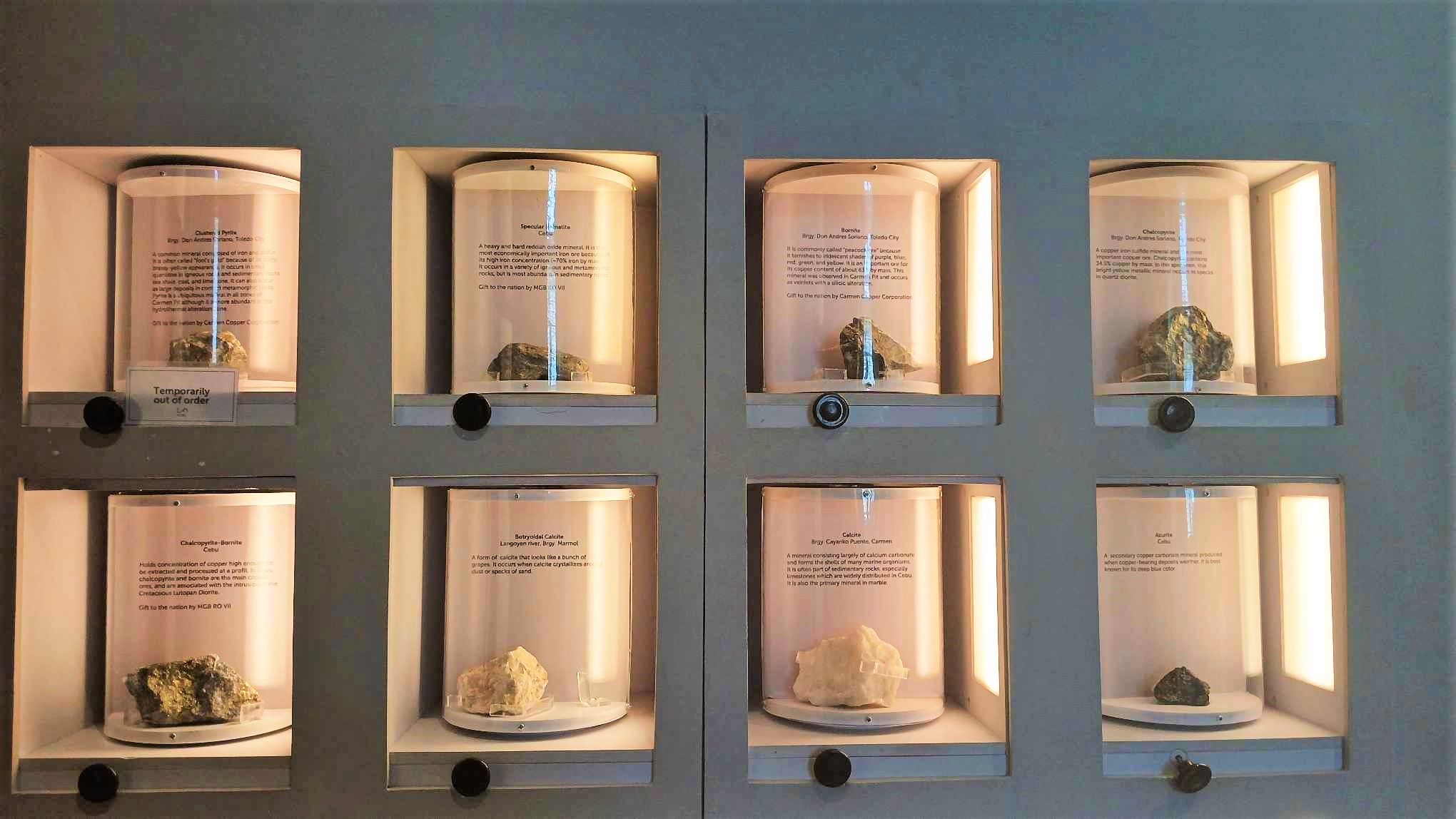

I love this area here. The 3d pictures of stones look beautiful with all the different colors and shapes.
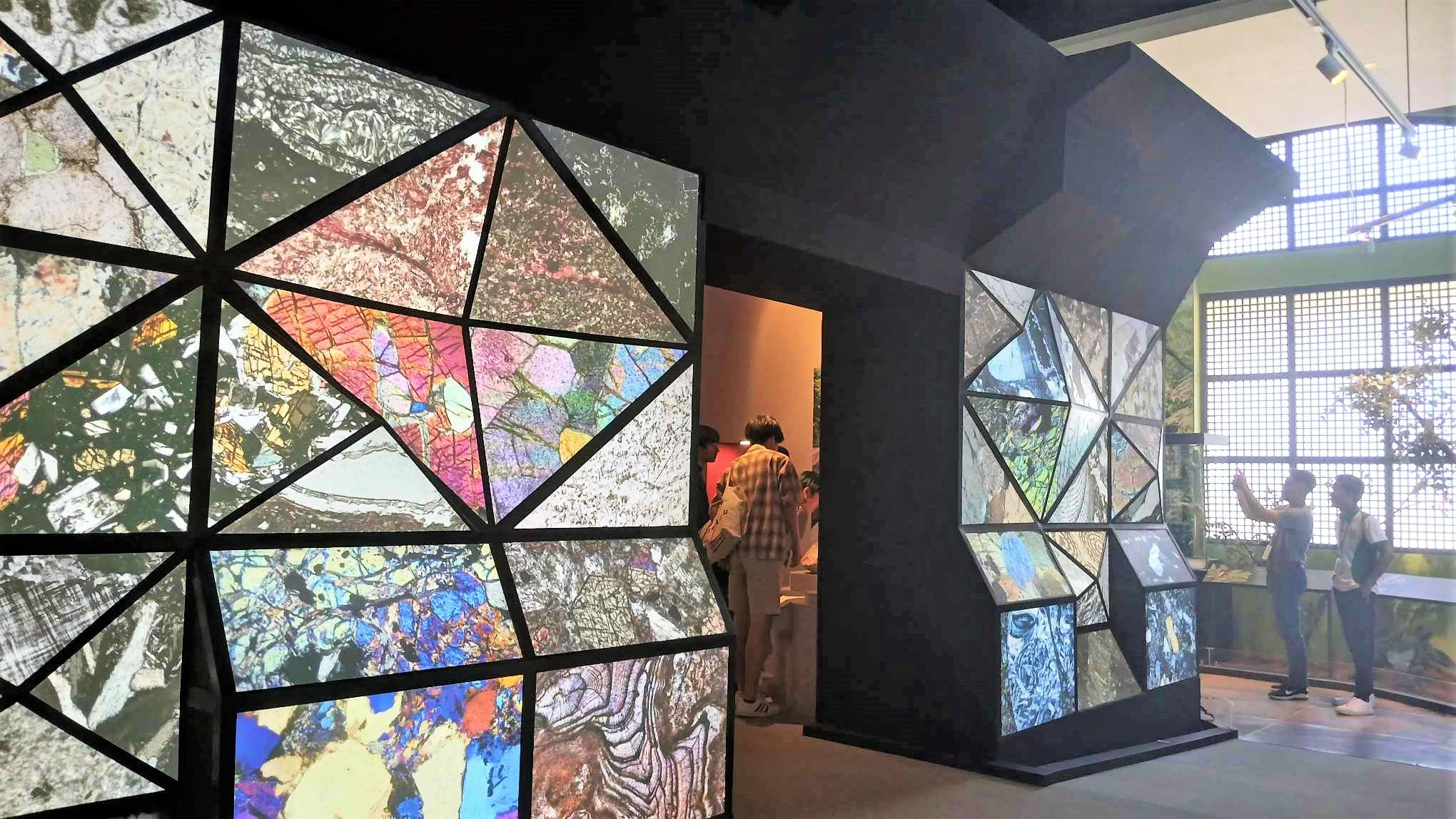

Between the 3d pictures on the left side, inside, there is a display of fossil gastropods (sea snails), corals, bivalves, tube worms, and rudist.
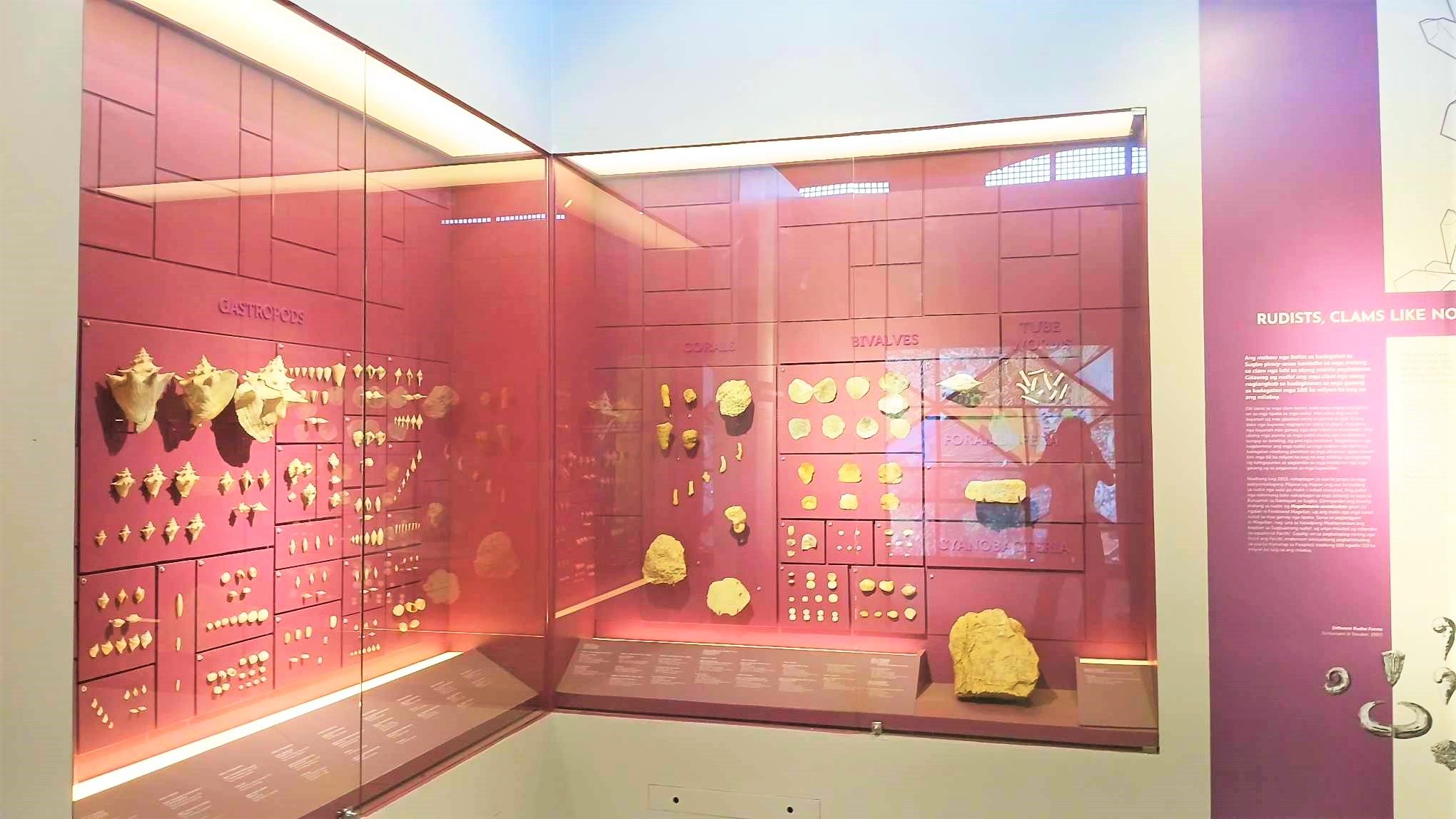
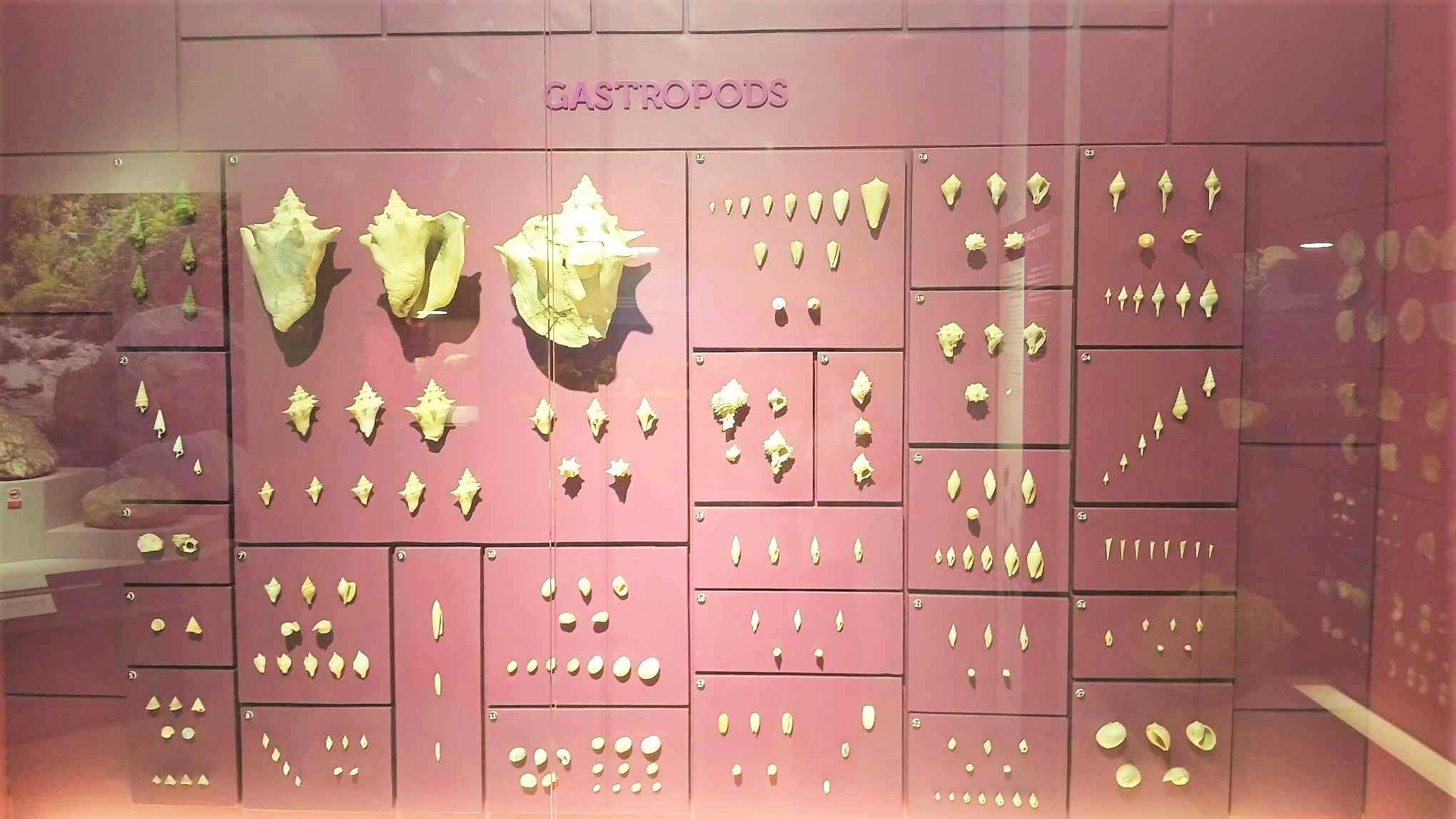

The next part is filled with plants and animals.
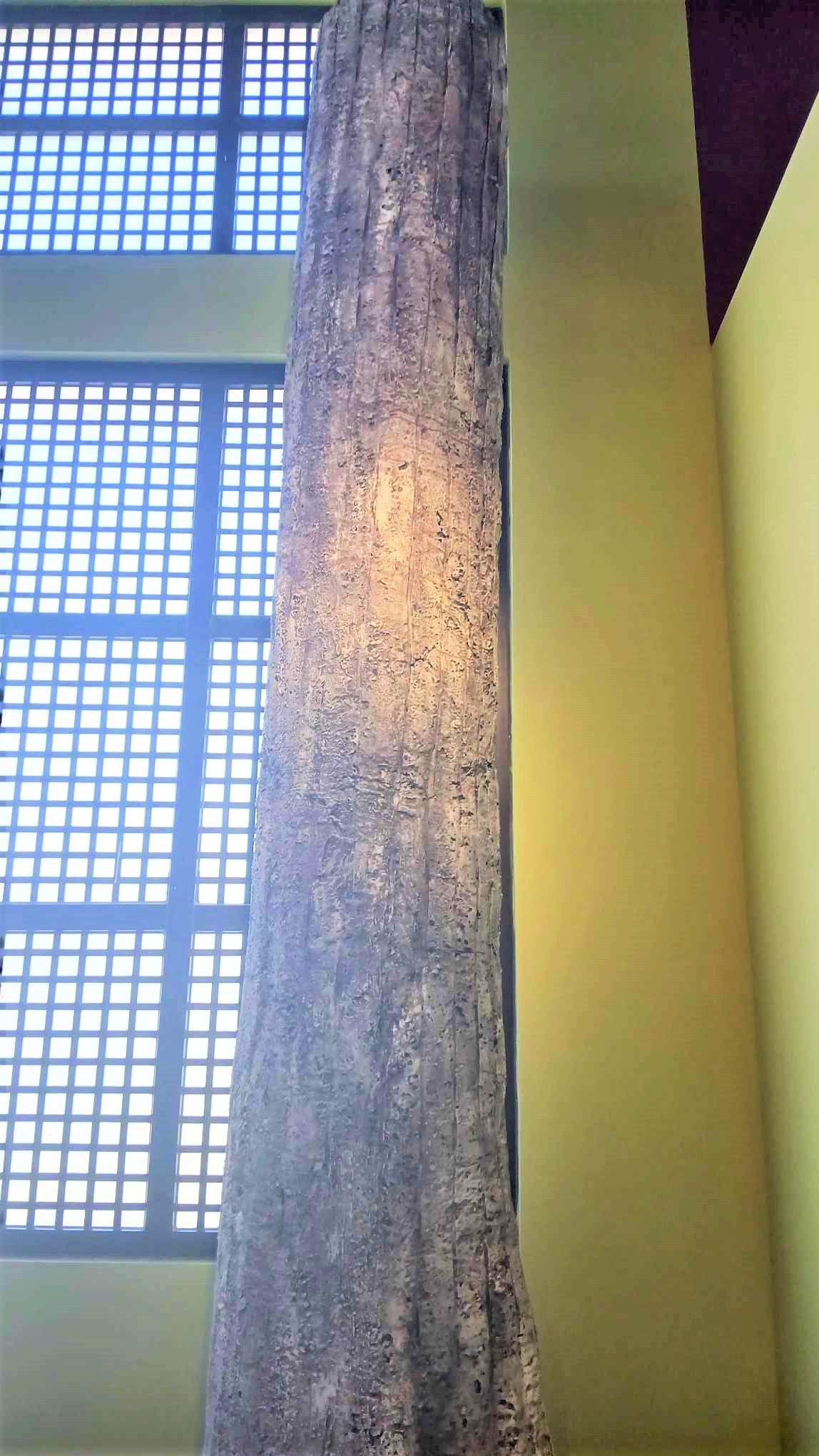
White lauan belongs to a group of important timber trees that dominate the lowland rainforests. This species occurs only in the Philippines in several islands and provinces such as Babuyan, Pollilo, Marinduque, Masbate, Samar, Leyte, Negros, Sibuyan, and Basilan. It is a large tree that can grow up to 50 meters tall and flowers between the months of March and May while fruits from April to September. White lauan has been classified as a vulnerable species under the Department of Environment and Natural Resources Administrative Order No. 2017-11 which strictly regulates its collection and transportation.
I found some endemic and native plant species that are only found in Cebu.
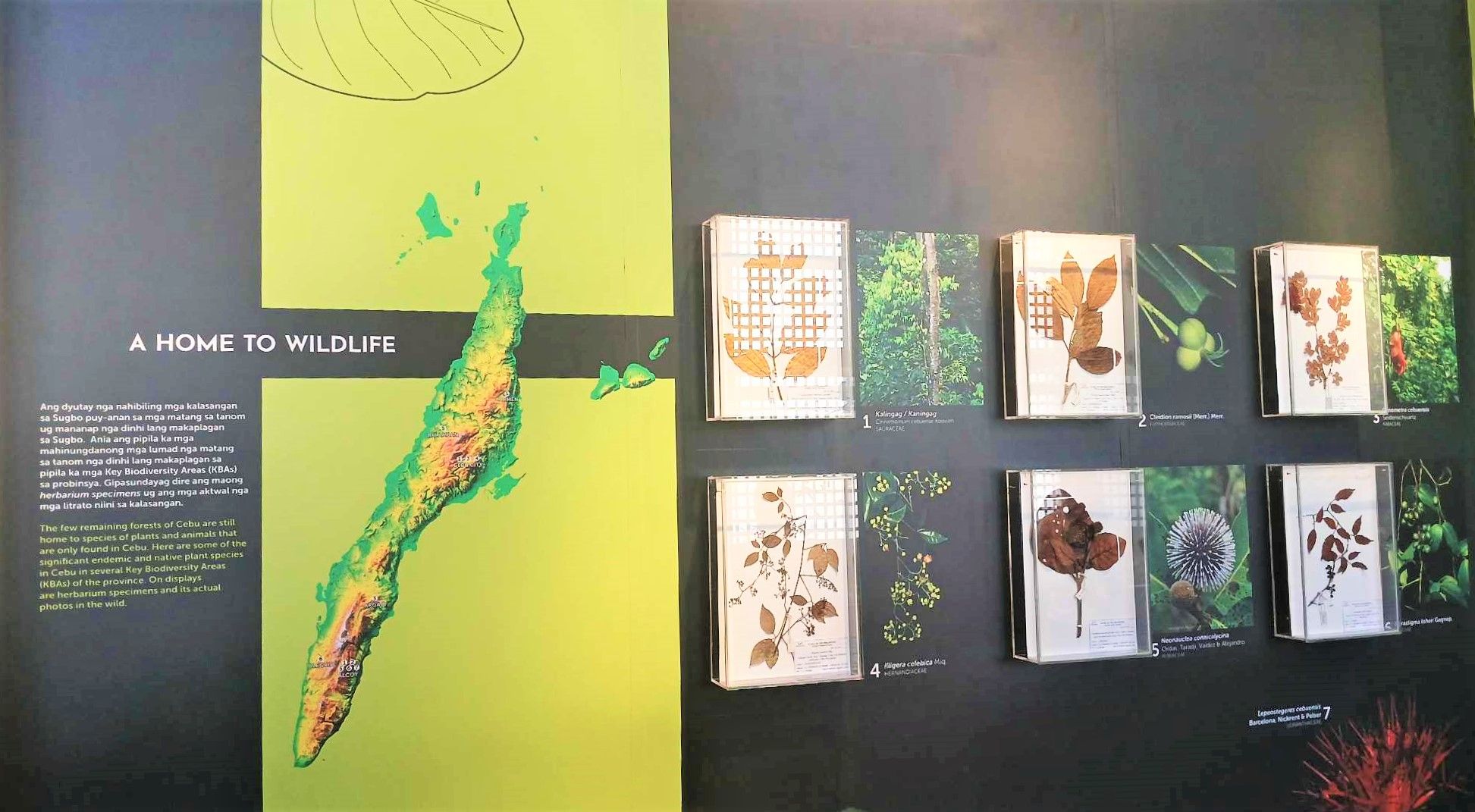
These birds and mud crab are widespread resident throughout the Philippines.
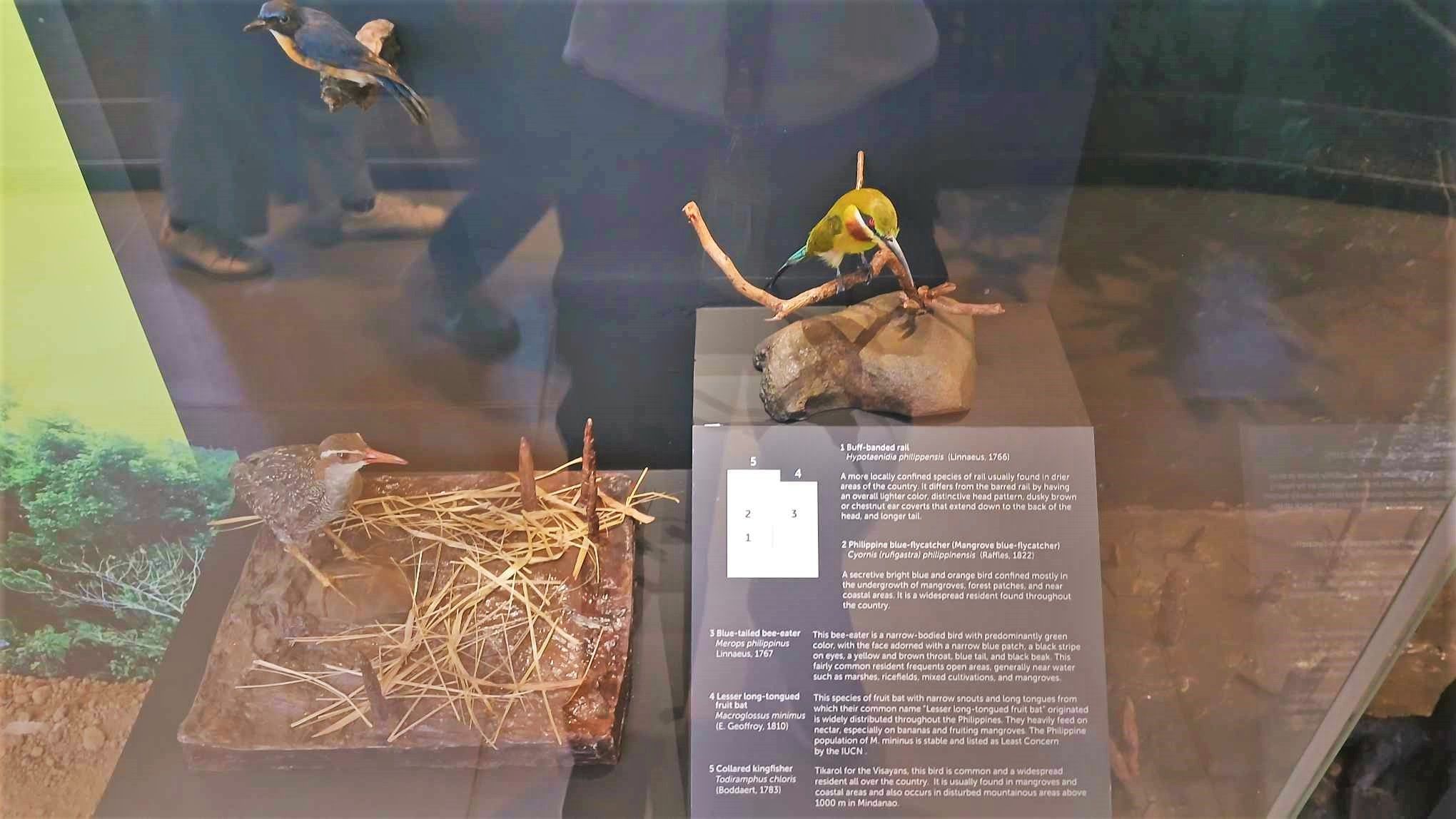
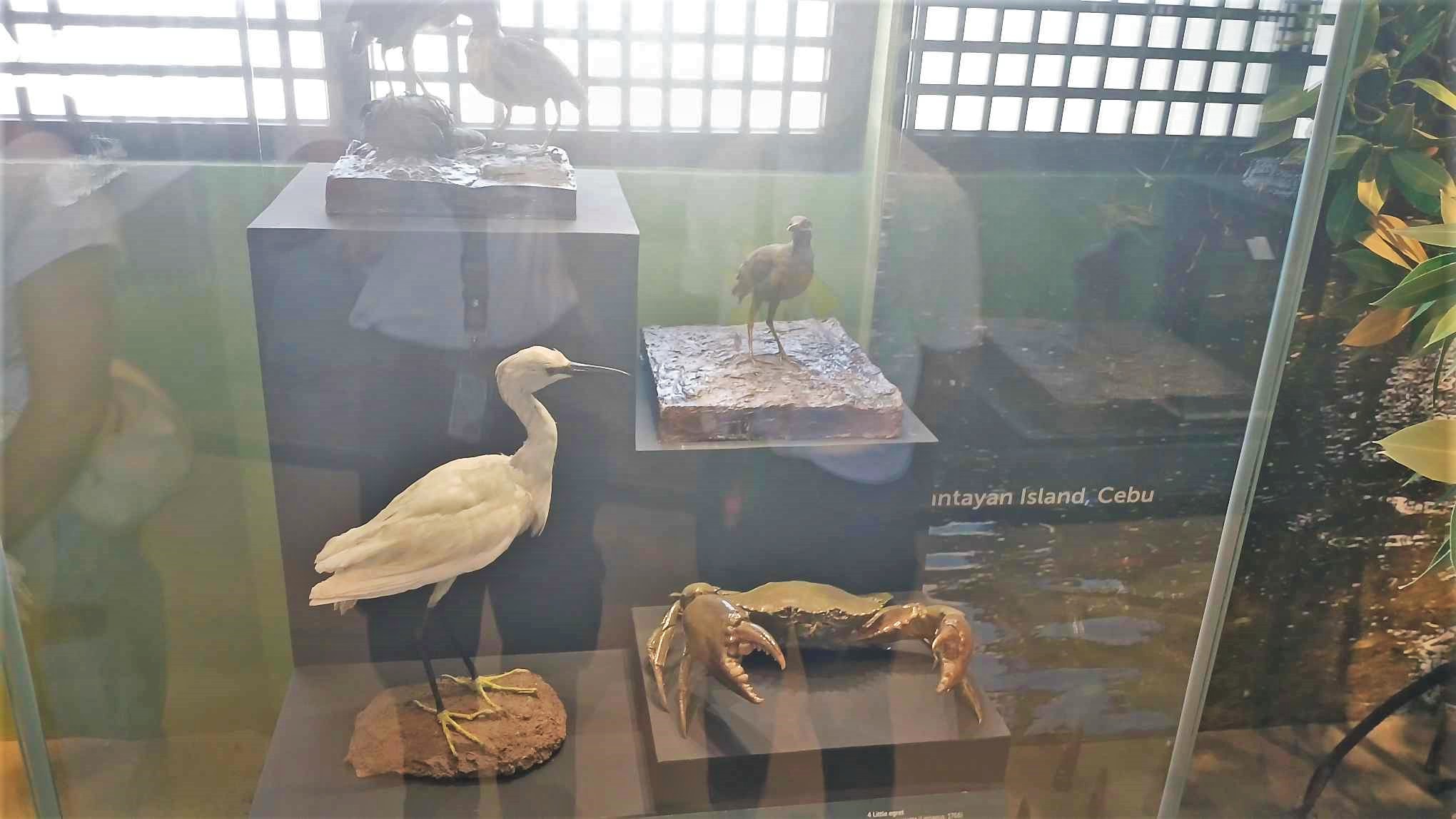
I also discovered a model of a whale shark, which is locally known as "butanding". The first location that comes to mind when somebody mentions butanding in Cebu is none other than Oslob. So, if you want to have a real-life encounter, Oslob is the place you should definitely visit.
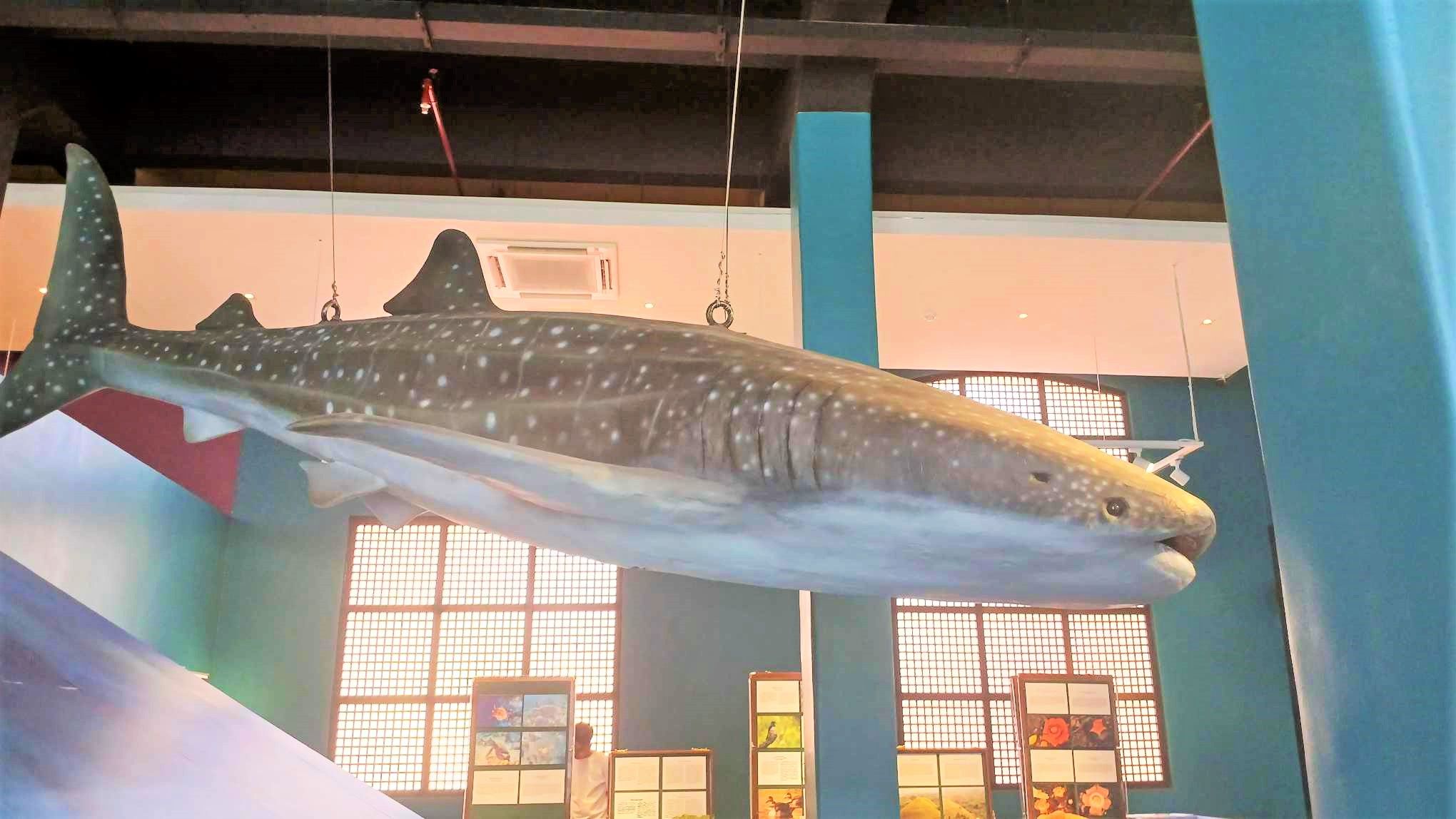
There are different types of seaweeds namely, Espi, Guso, Sakol, and Lato. Among the four, I have only known and eaten guso and lato and I was definitely filling my brain with more knowledge reading facts about these species.
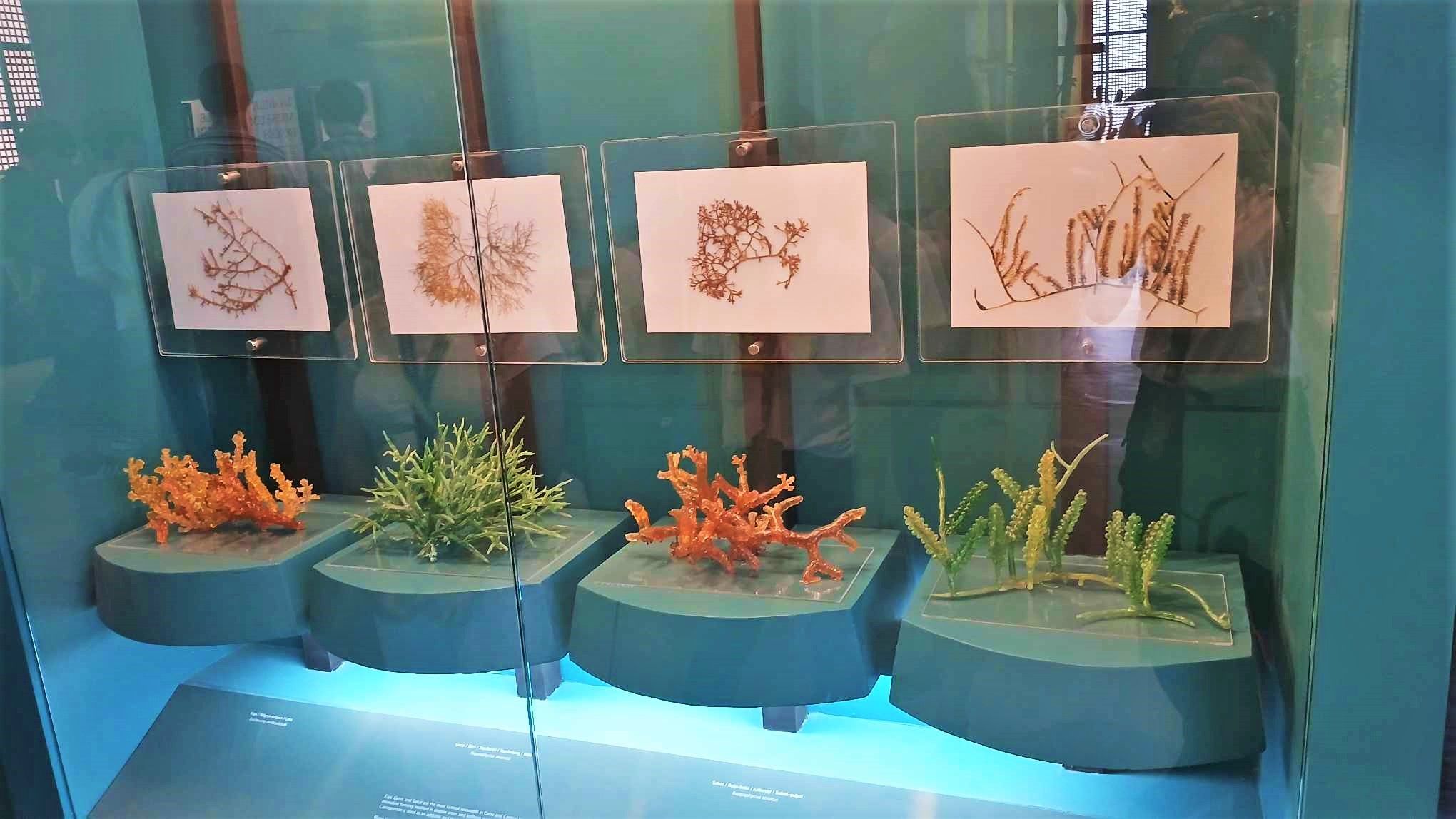
Espi, Guso, and Sakol are the most farmed seaweeds in Cebu and Central Visayas. It makes up approximately 80% of the total seaweed production. These marine plants that produce carrageenan (carrageenophytes) have a huge global market value. Carrageenan is used as an additive and thickening agent to manufacture food, pharmaceutical, and industrial products. Your toothpaste may even have carrageenan on it!
Many Caulerpa species (Lato) are being cultivated and utilized as food as raw vegetables. This seaweed consists of long branching horizontal stolons which give rise to rhizoids. The erect branches of lato have ramuli with versiculate shape like grapes, thus, it's commonly termed as sea grapes.
The next gallery is Ang Karaang Sugbo Ug Ang Mga Kabiling Bahandi which translates to the Ancient Cebu and its Treasured Heritage.
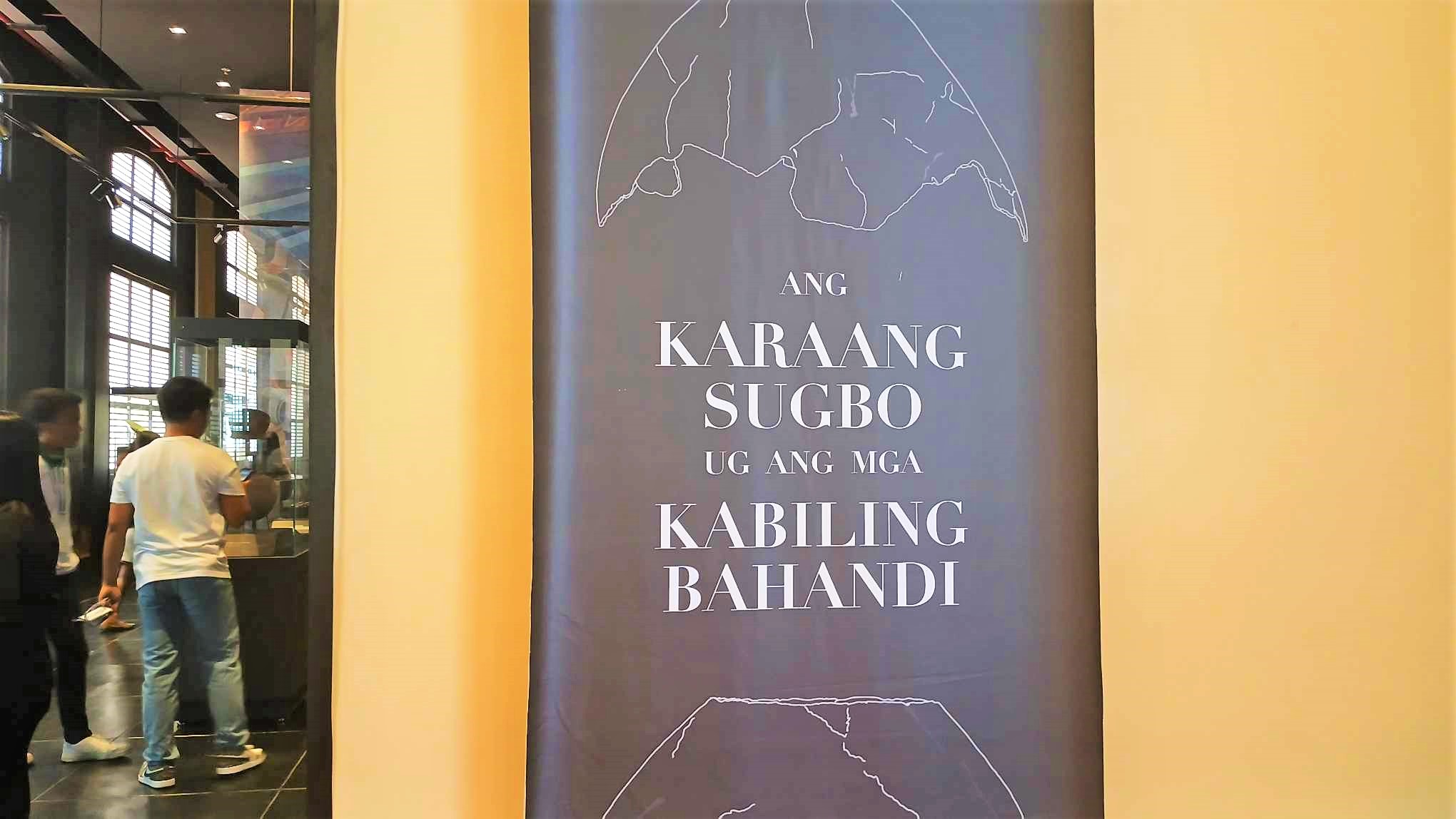
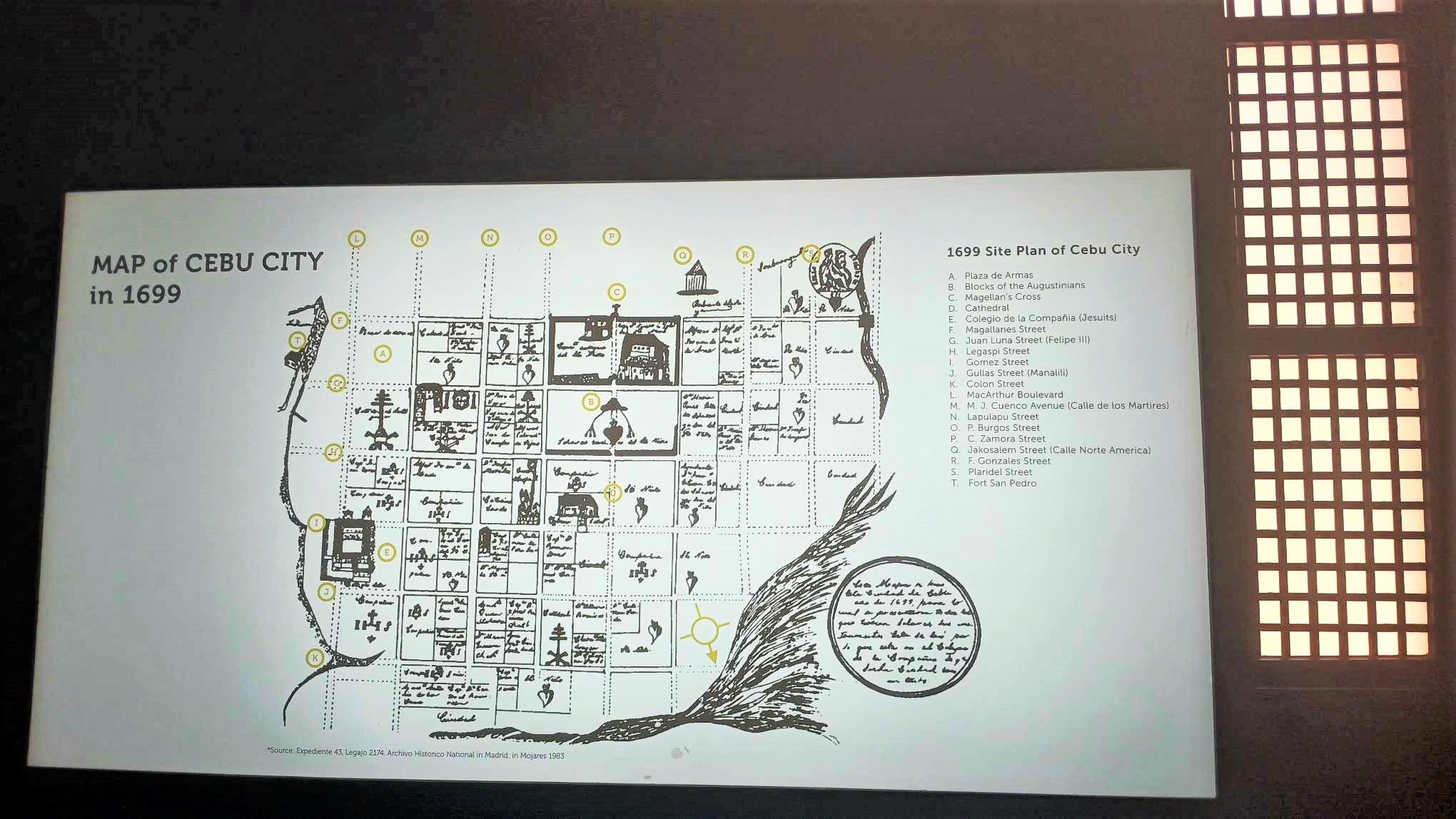
The gallery has a charcoal color scheme, giving it an ancient vibe.
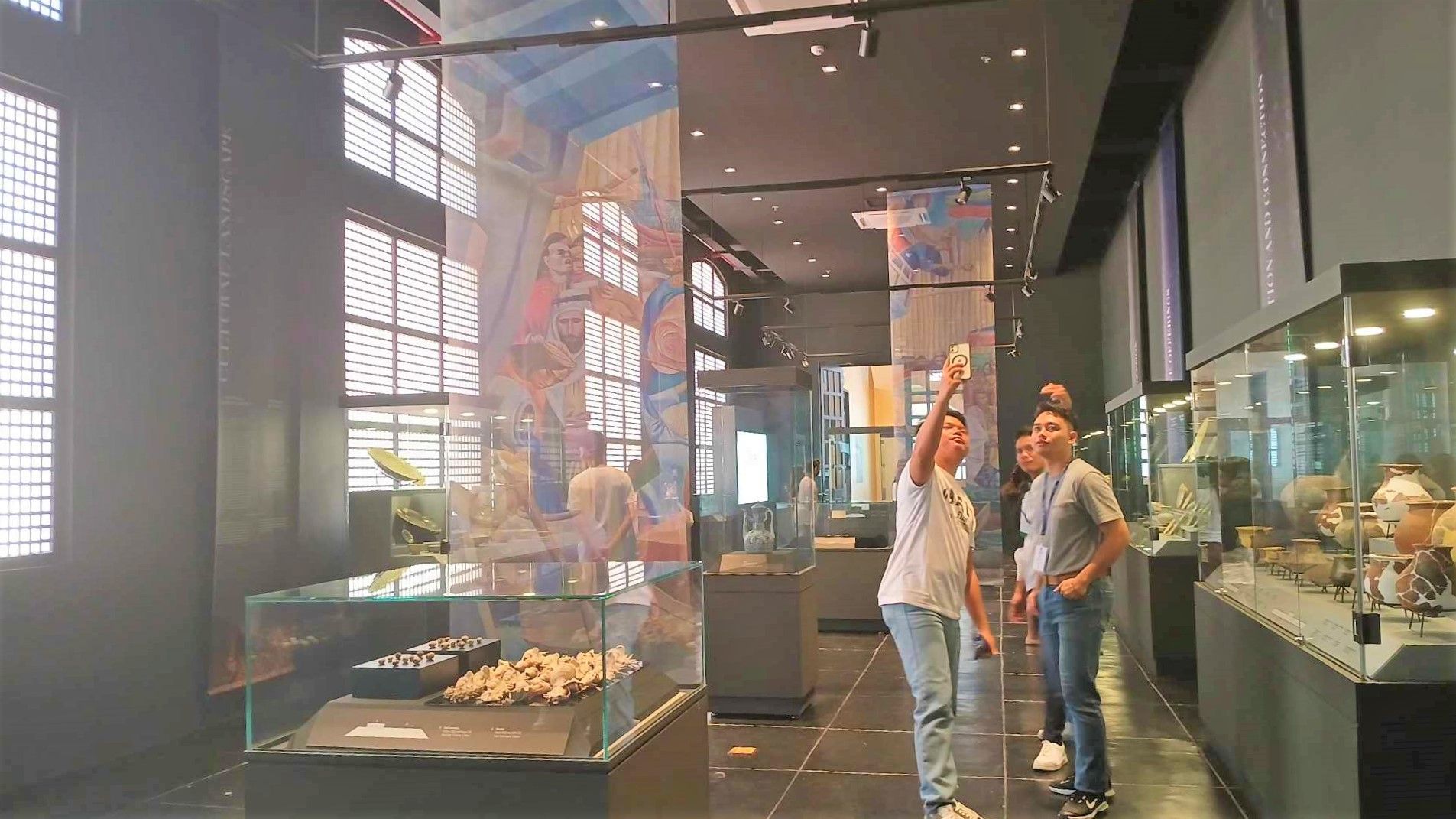
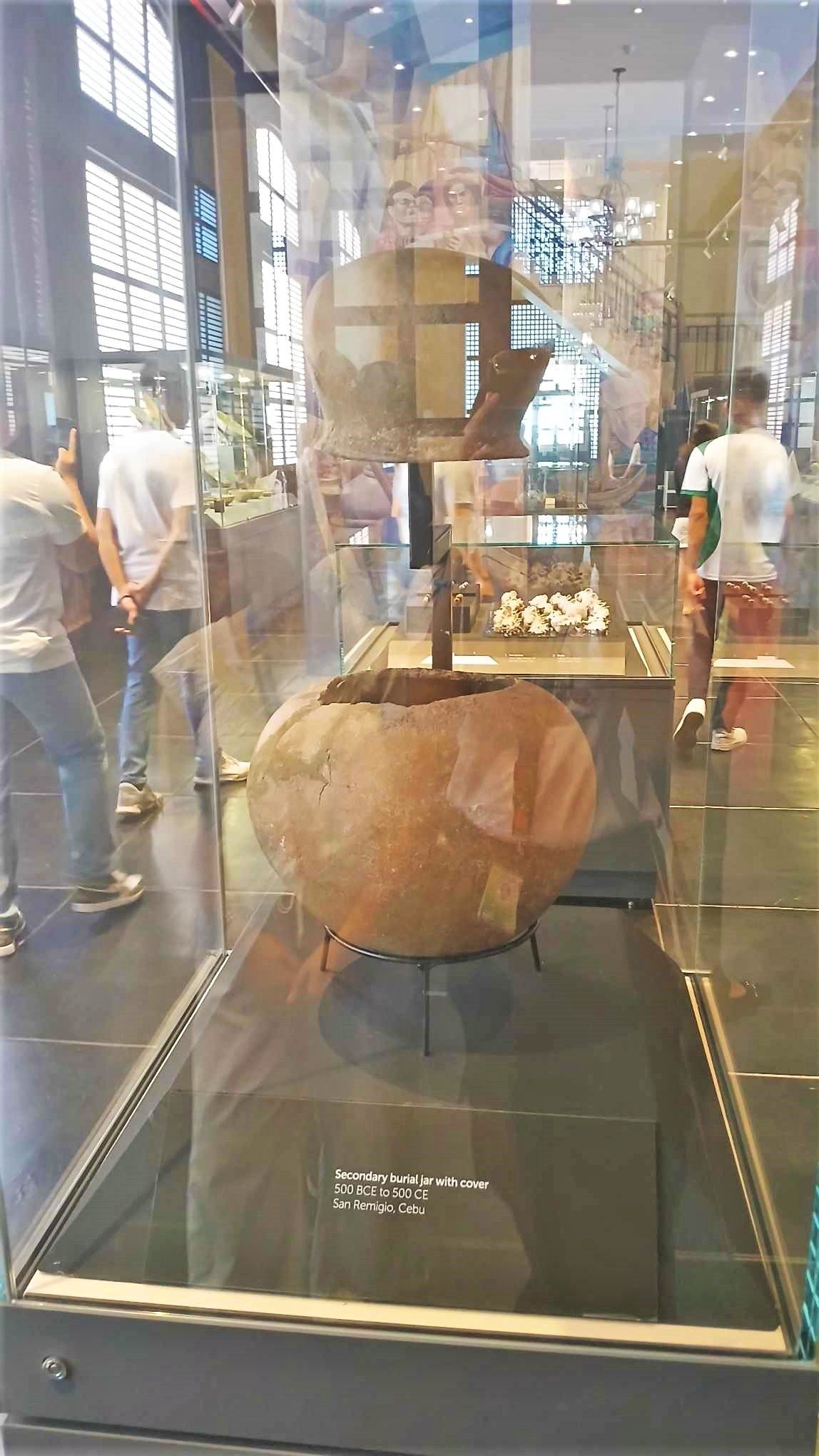
I found another net sinkers similar to those I had seen at the Museo Sugbo.
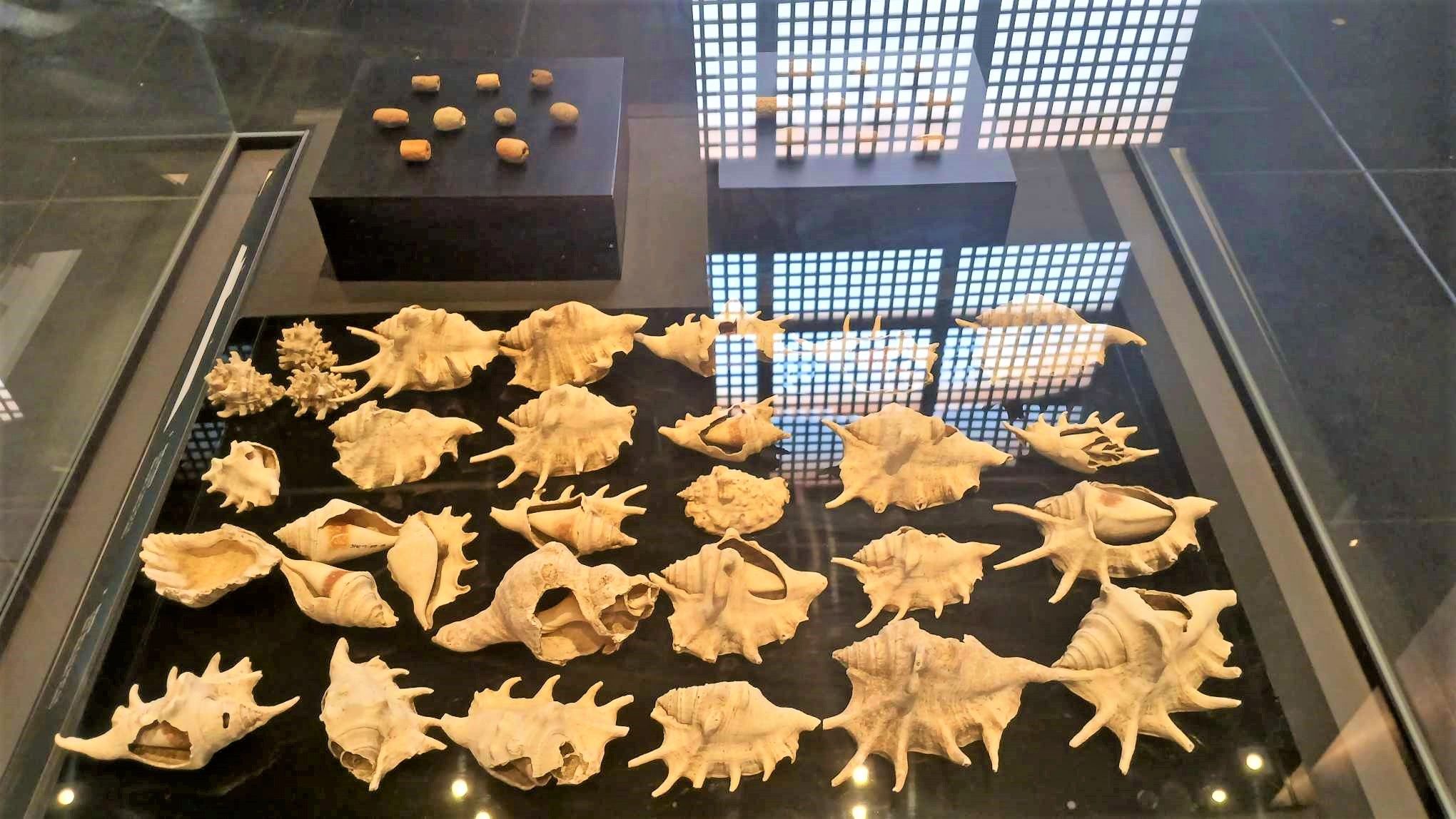
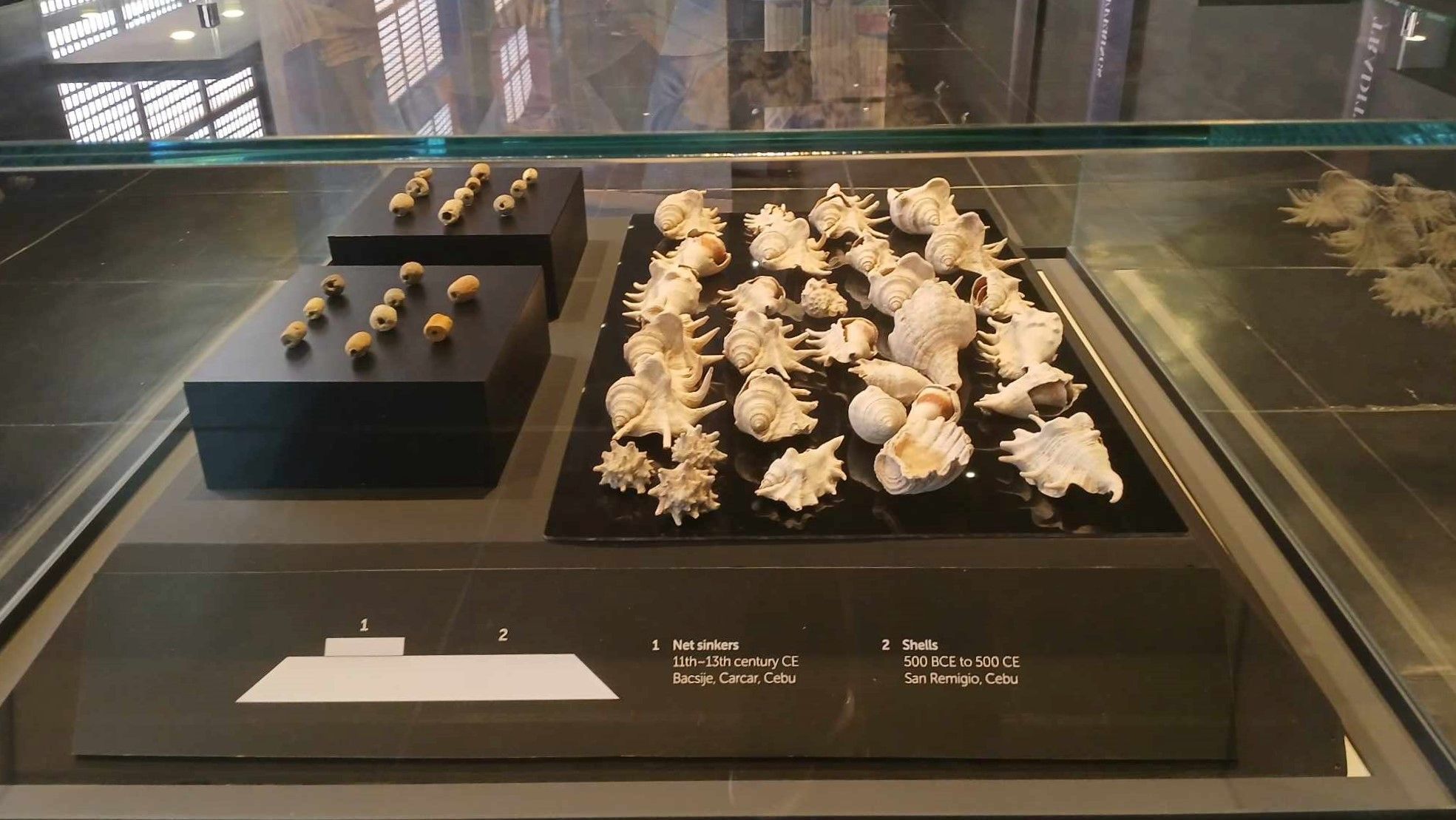
I was really amazed at the variety of earthenware pots, stoneware , jarlets, and blue-and-white dishes.

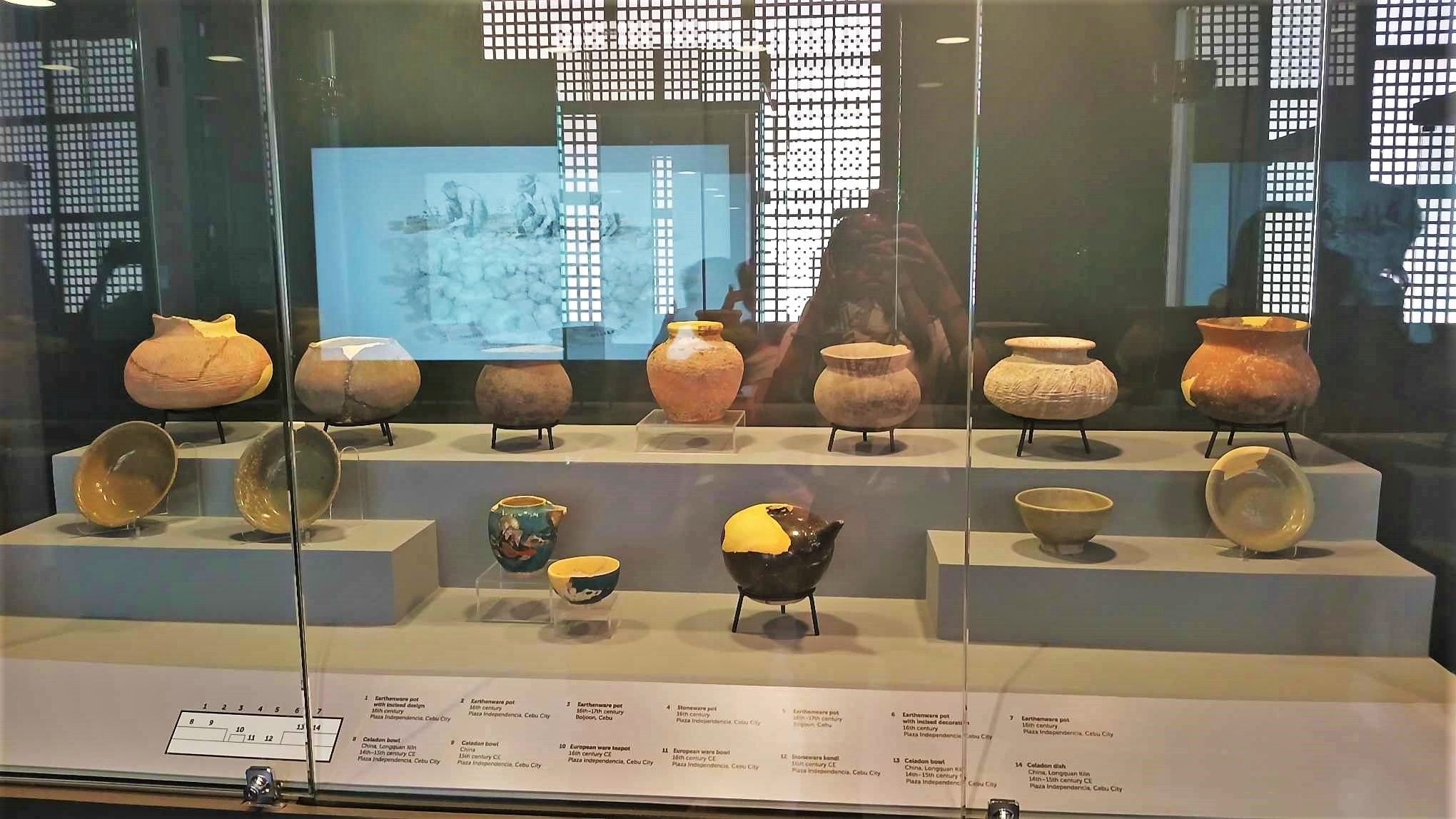

There are smaller artifacts as well like beads, ornaments, and pendants.
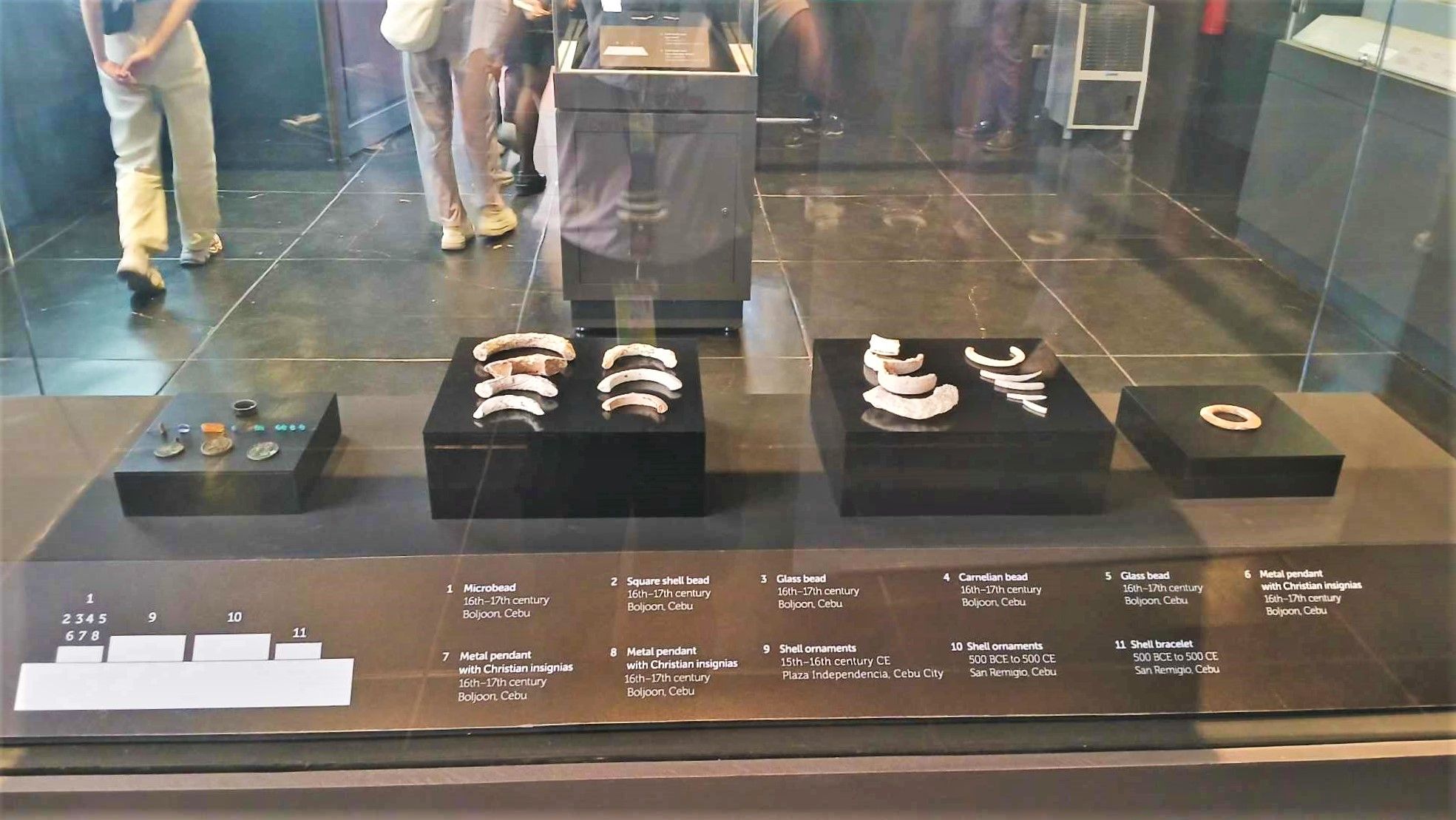
Third gallery is the Paglawig:Culture Movement Across the Seas. In this gallery, it features maritime history and the fishing livelihood of Cebuanos.
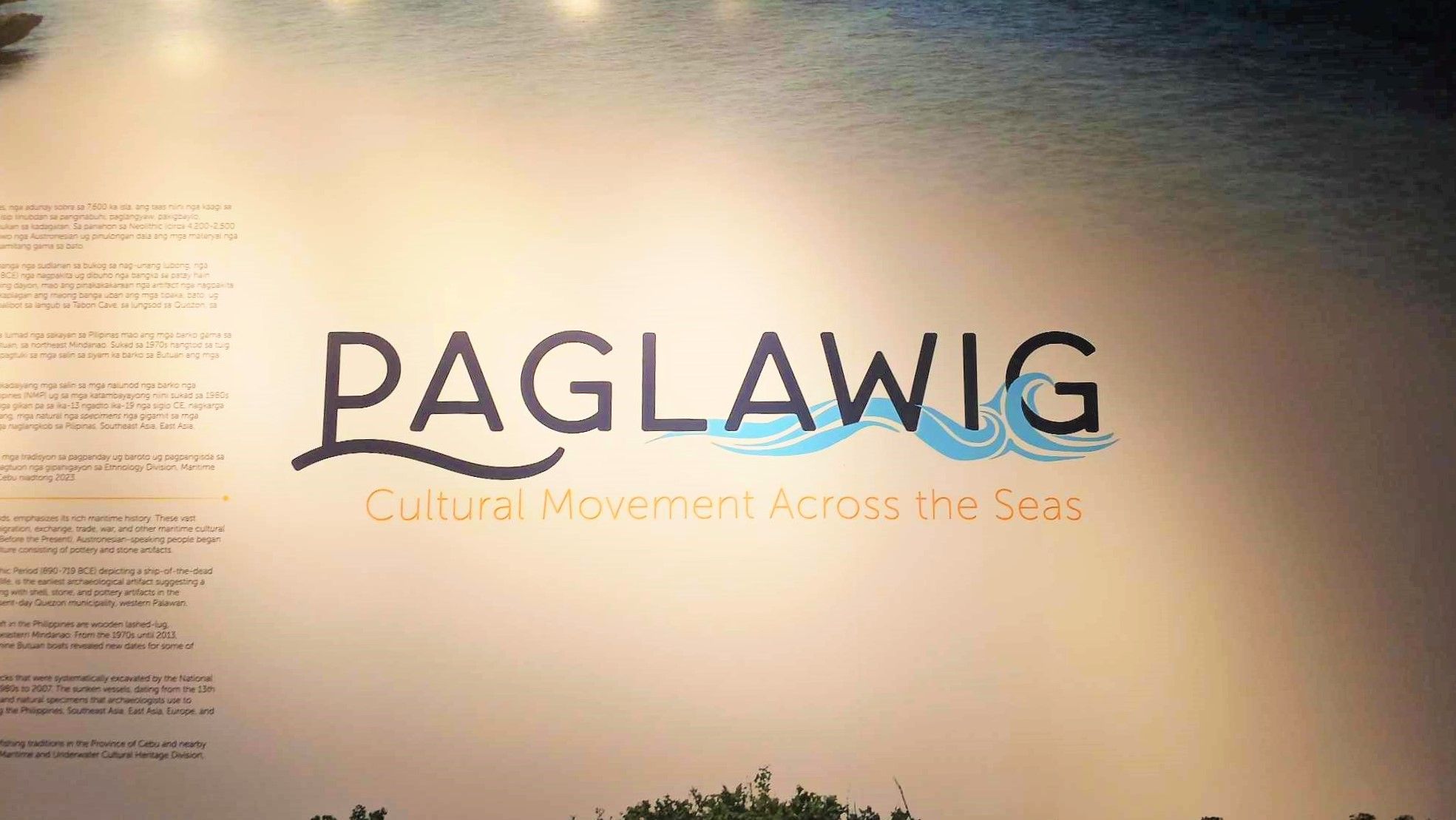
Anchor Stock
Investigator Shoal Shipwreck
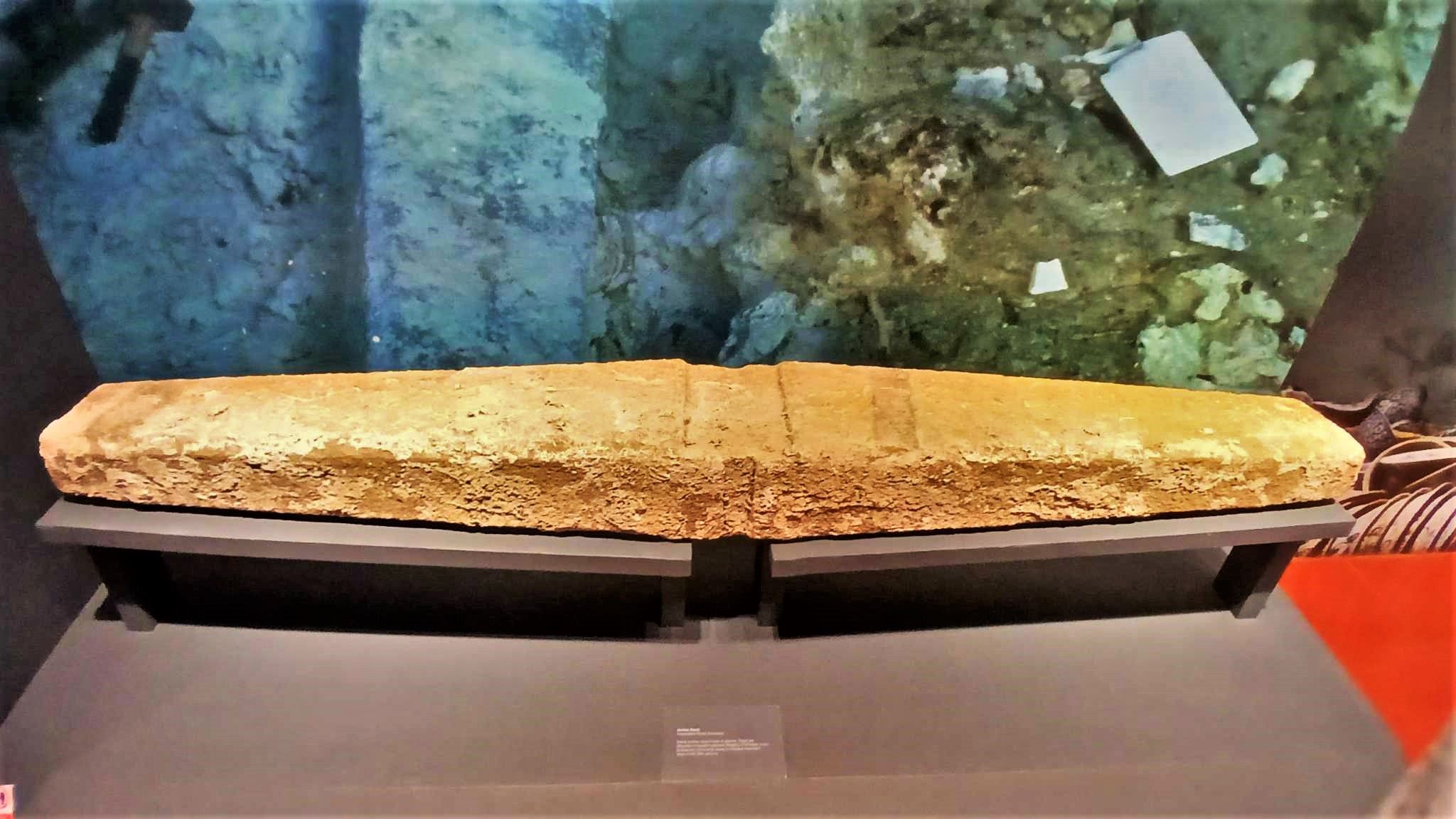
Stone anchor stock made of granite. These are attached in wooden anchors. Possibly of Chinese origin as they are found in Chinese merchant ships in the 13th century.
The collection of ceramics in this gallery is extensive.


17th Century
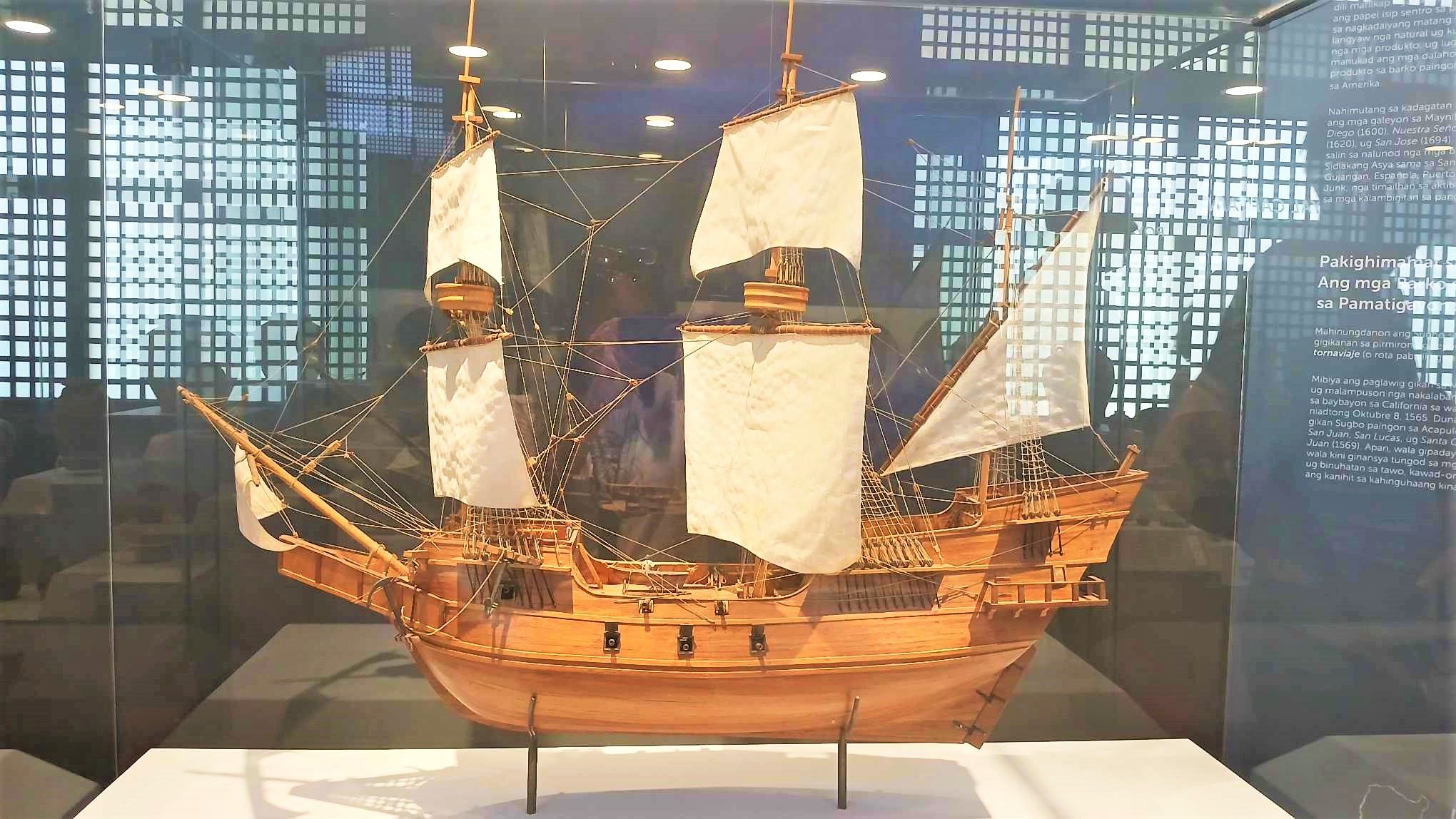
I love this area where you can see replicas of wooden boats, tools used for the boat building, a wooden boat model, and equipment that fishermen use to catch fish.
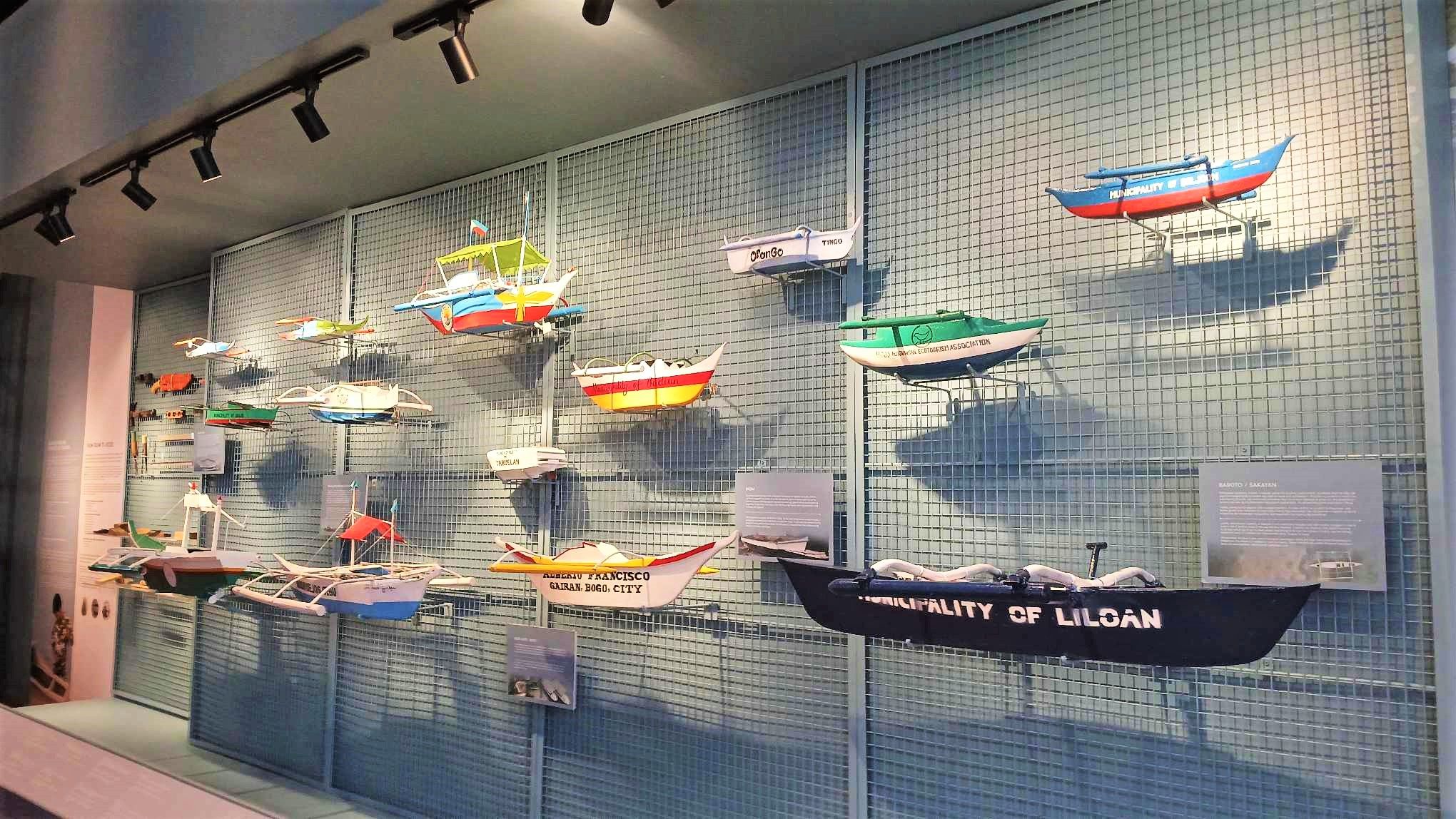

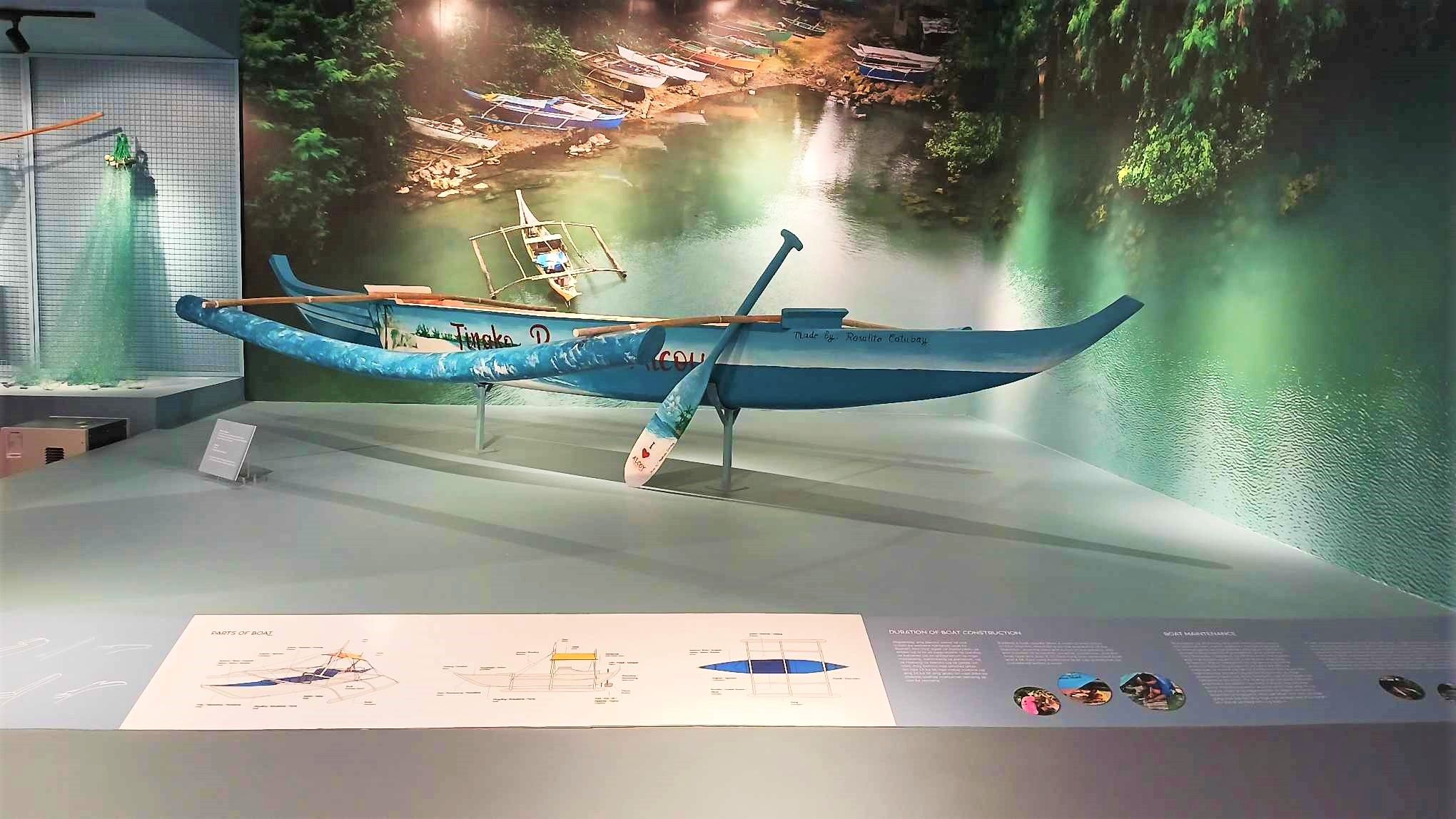


Right after the gallery is the museum shop where tote bags, mugs, shirts, and other items are available for sale. It is located on the left side near the main entrance and stairs.

Upstairs, there is a large space with just a few displays, and there is also a big screen with informational presentation.
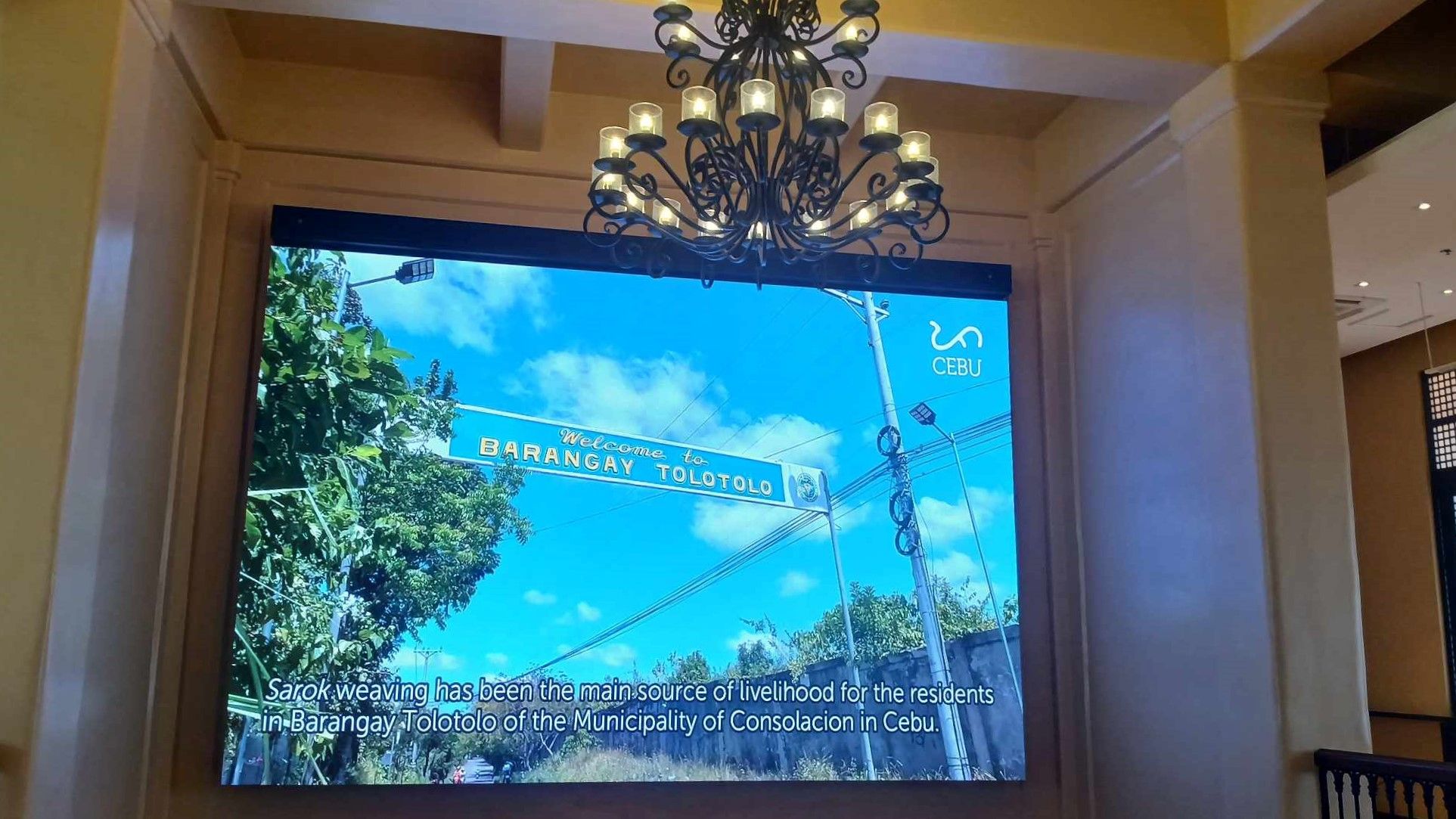


New information came to me when I saw this model. I didn't know that it was formerly known as Aduana building or Former Customs House before it was transformed into the Malacañang sa Sugbo, which is now utilized as a museum. The building was previously colored plain white and looked unattractive.
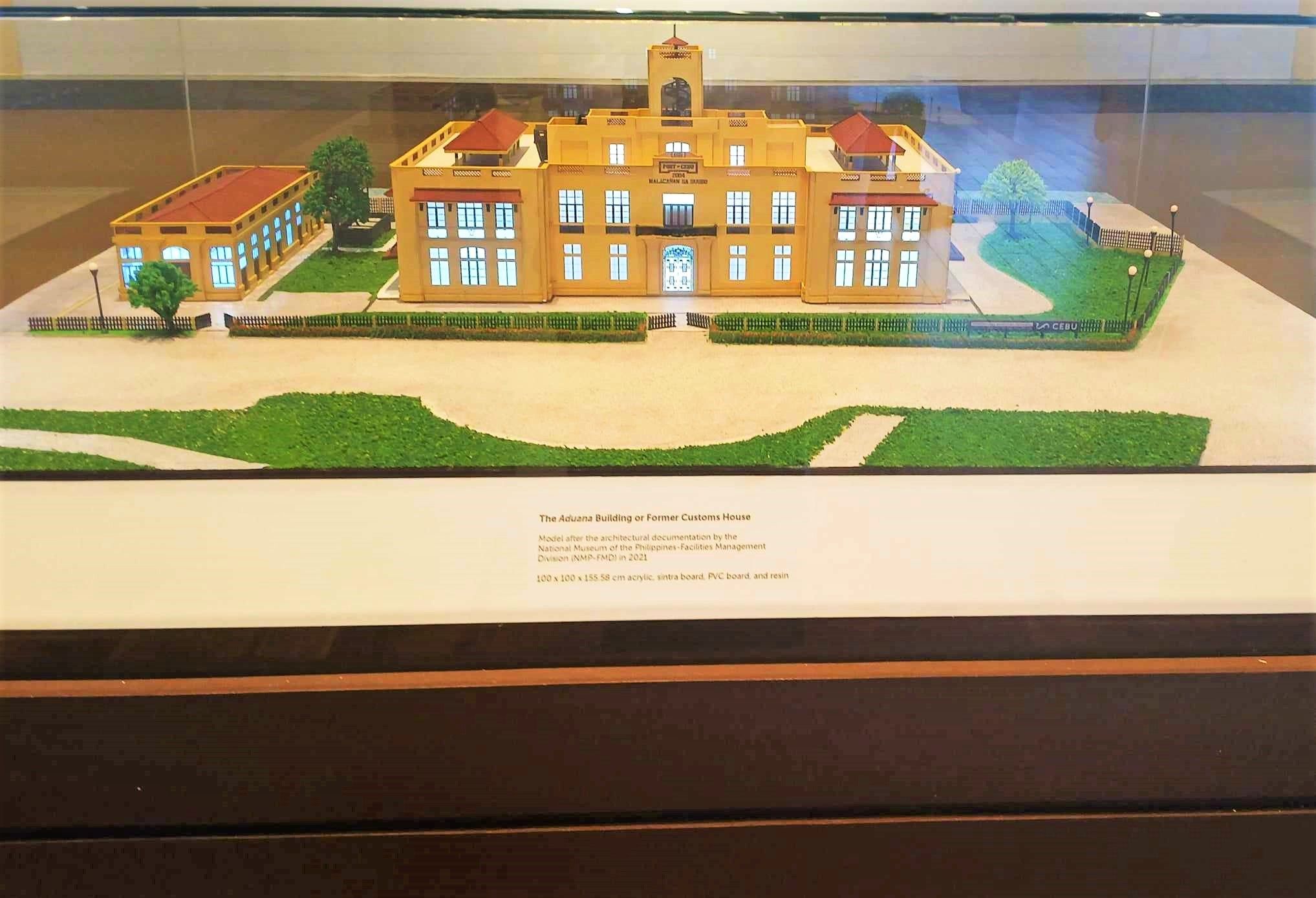
The last gallery I explored is still on the second floor and focuses on the Artworks of Martino Abellana, a Cebuano artist from Carcar.
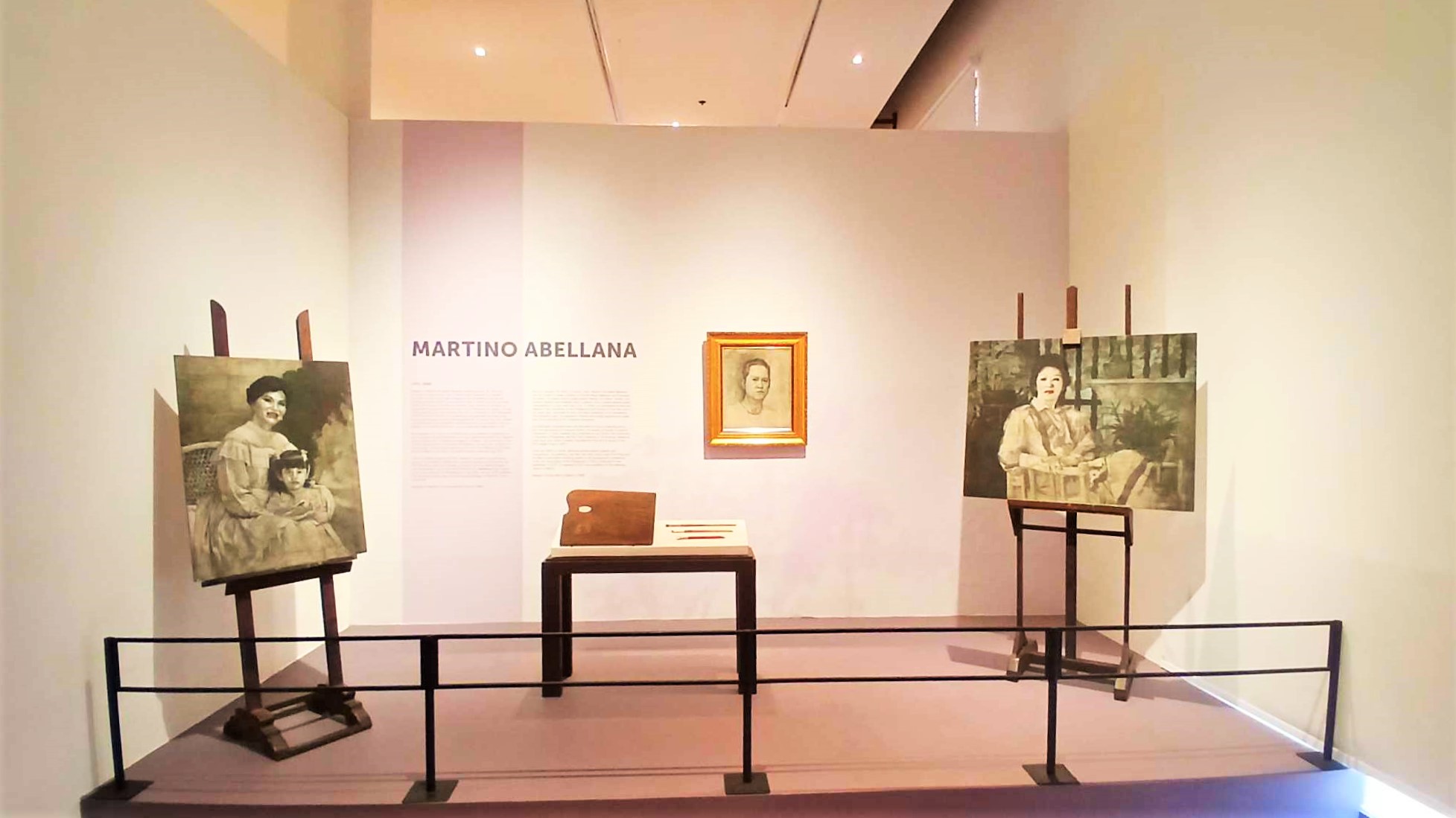
The room is filled exclusively with paintings and portraits by Abellana.
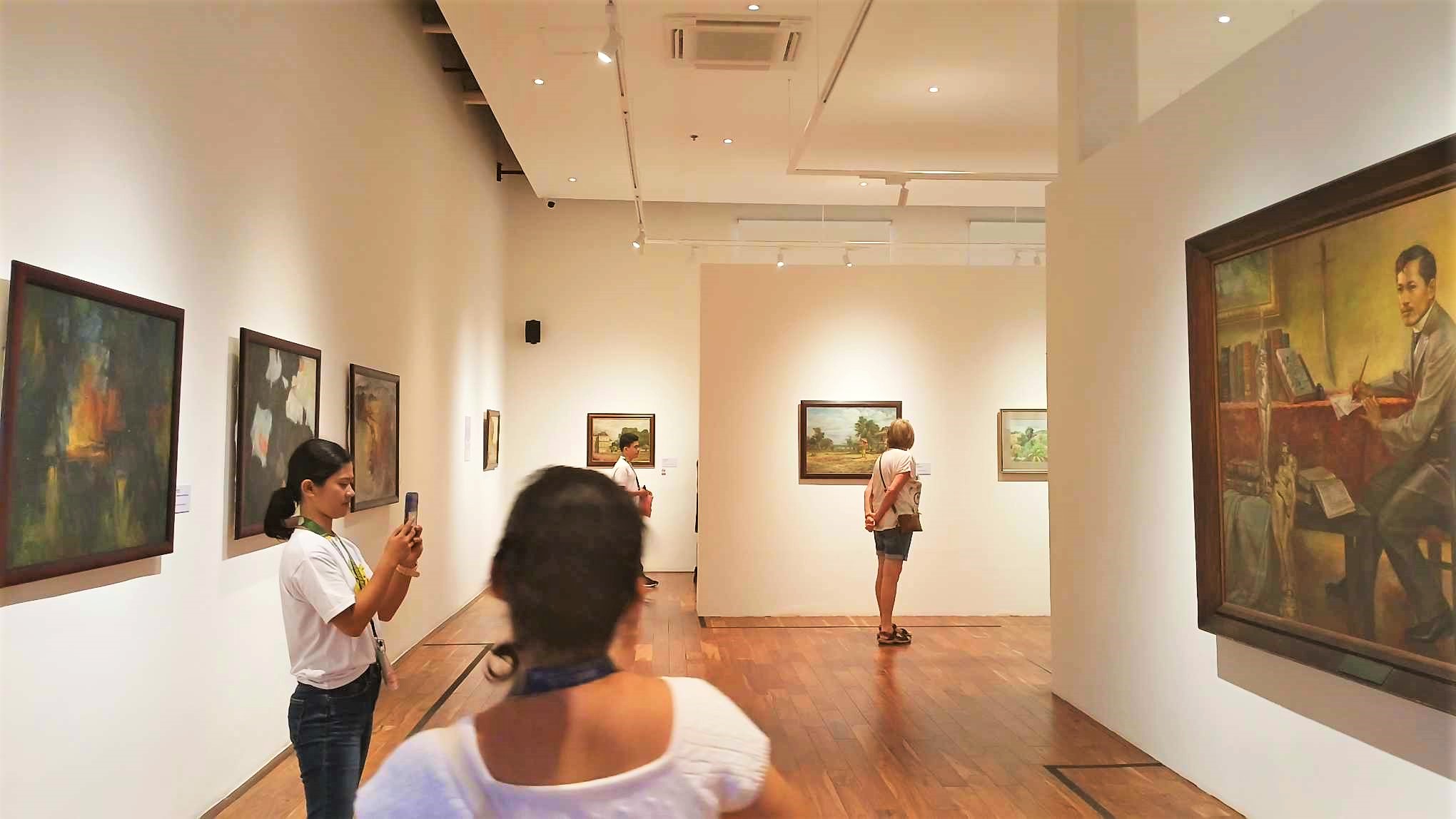
This is my top favorite painting. Rizal is one of the greatest heroes of the Philippines, and I admire how he revolutionized and fought for freedom for our country through his literary excellence. And for me, the painting speaks volume.
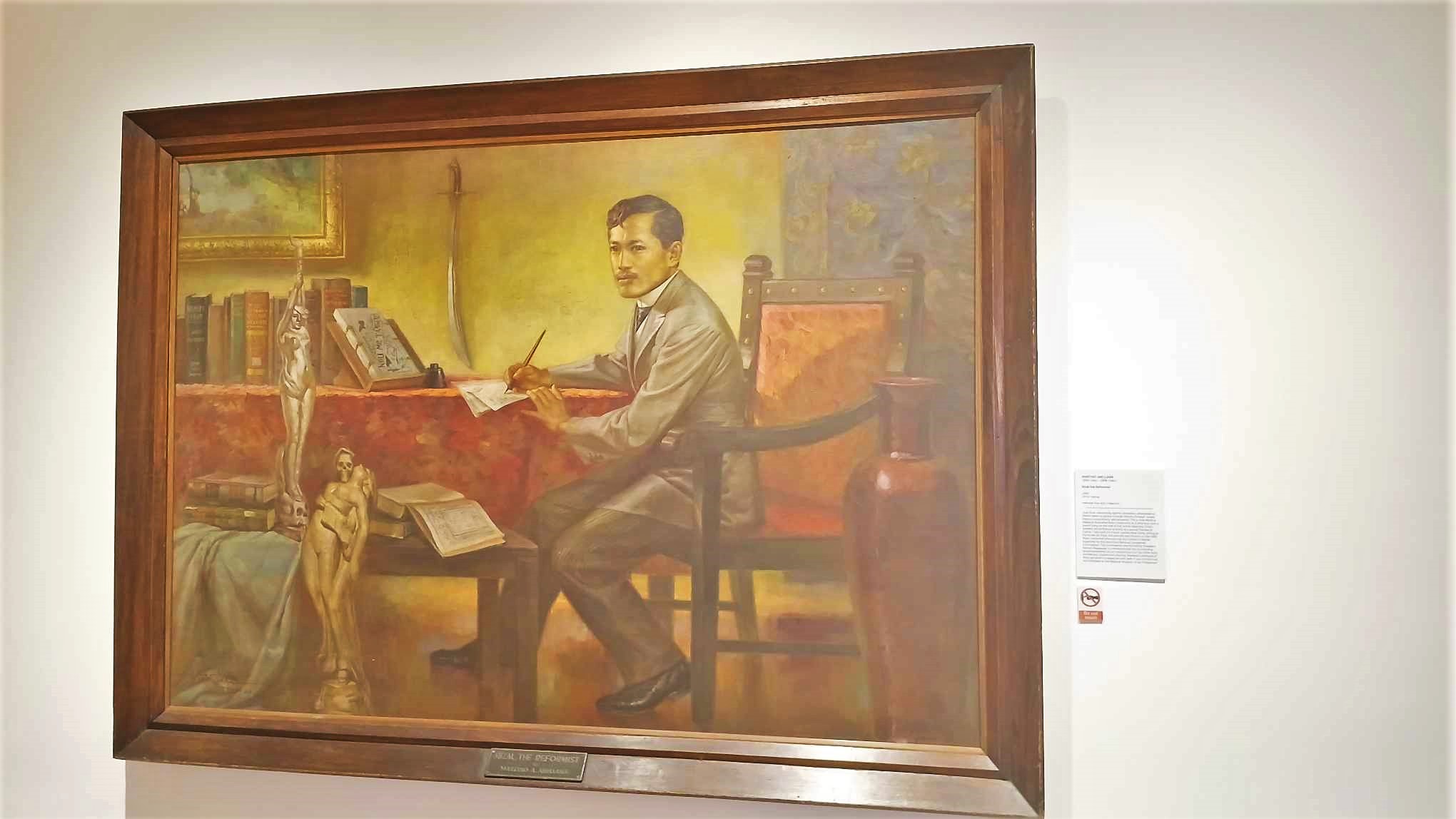
Jose Rizal, advocating against revolution, employed his liberal ideals to pursue societal reforms through novels, literary compositions, and artworks. This is how Martino Abellana illustrated Rizal's noble acts a reformist, with a sword hung on the wall at the center depicting Rizal's intellect and brilliance as sharp as a sword.
This is my second favorite piece, and the girl in the painting is actually the artist's daughter, Cristina. I appreciate how the artist incorporates family members into his artworks, capturing tender moments, particularly with his daughter.

And my third favorite is this painting titled "The Young Artist (Romulo Galicano)". I'm not sure why it made it to my top three, but it simply caught my attention. I'm also curious about the artist's identity in the painting, and it turns out Romulo Galicano is Martino Abellana's nephew.

These are more of Martino Abellana's works.
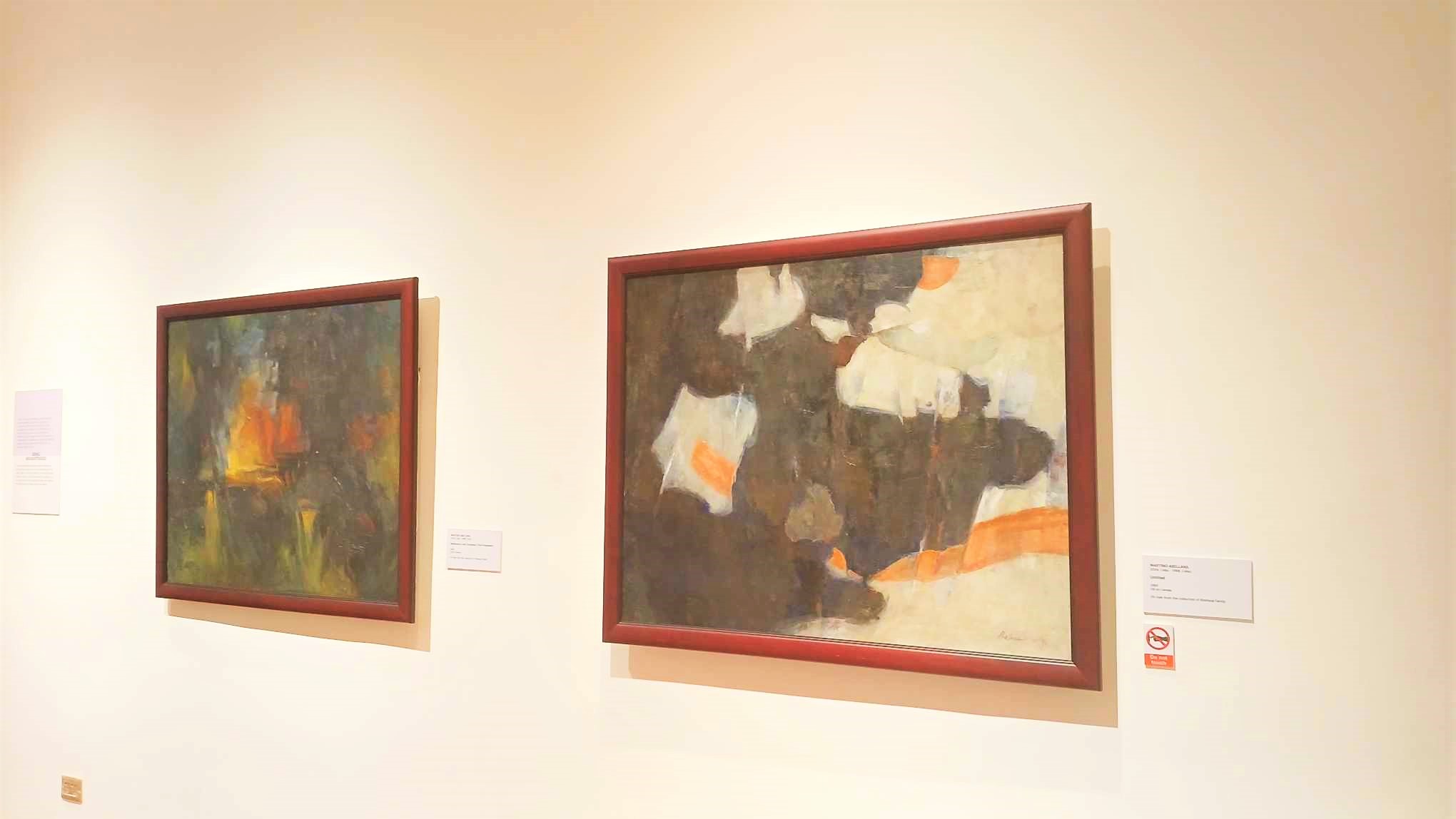
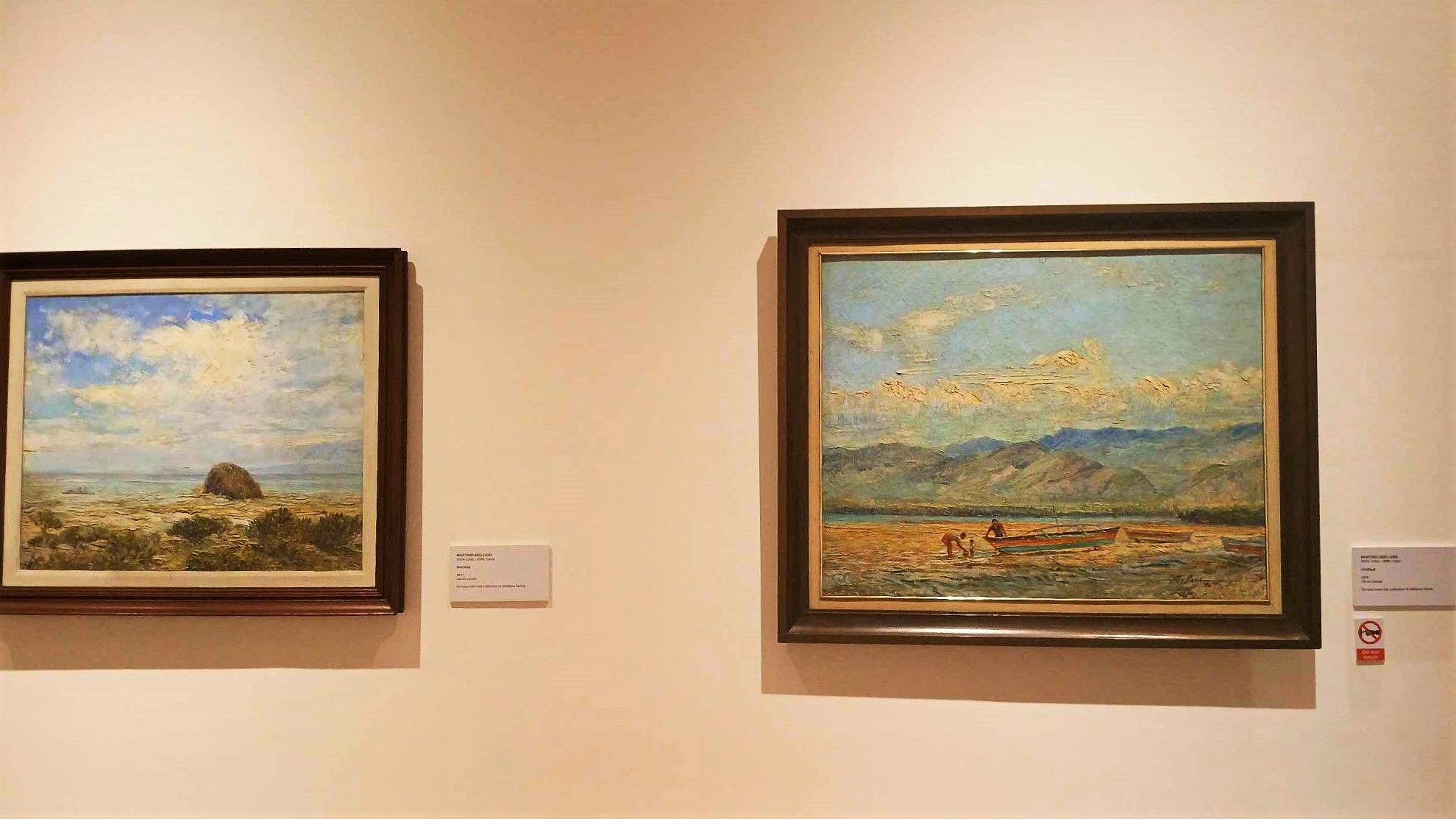
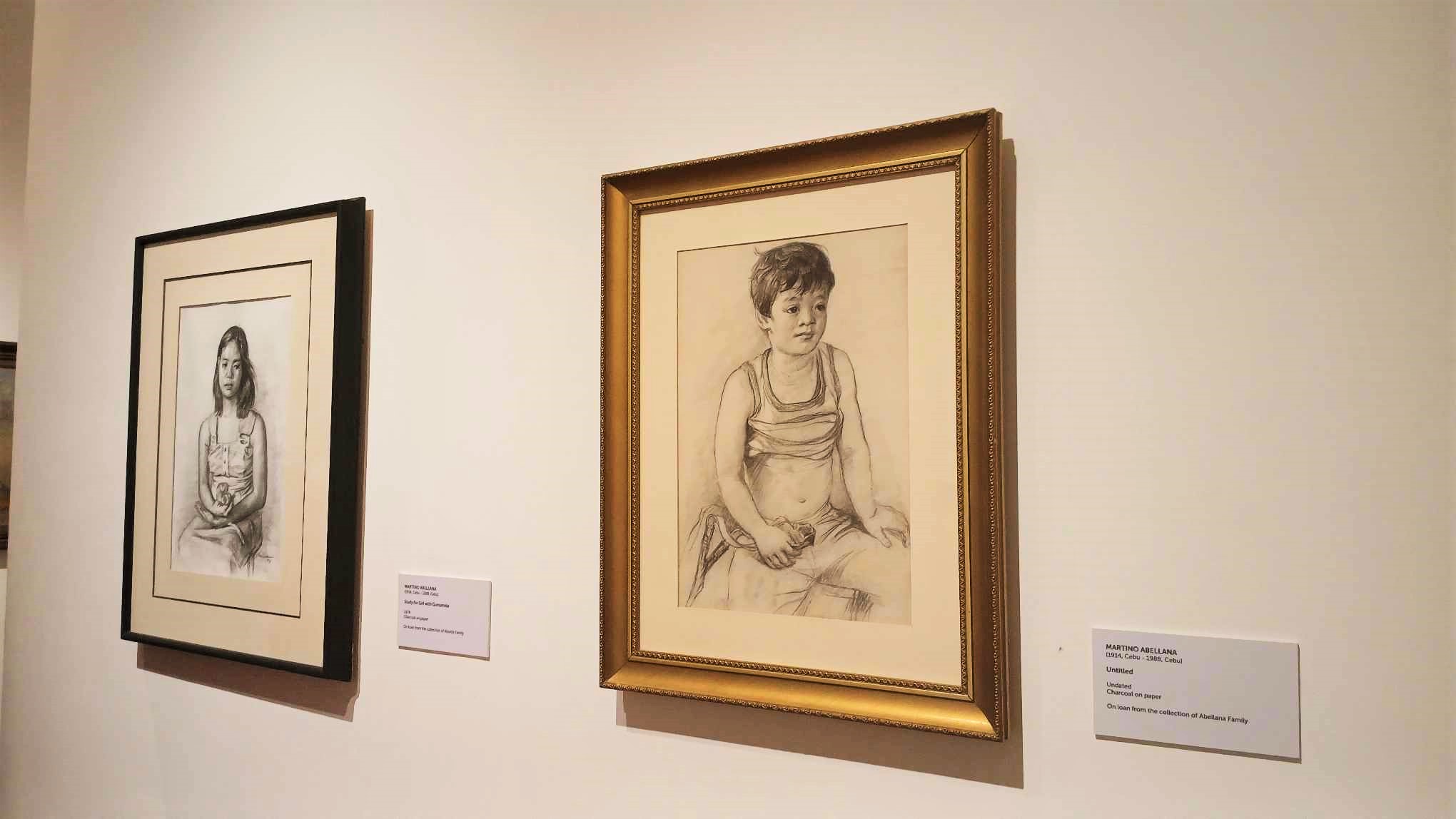
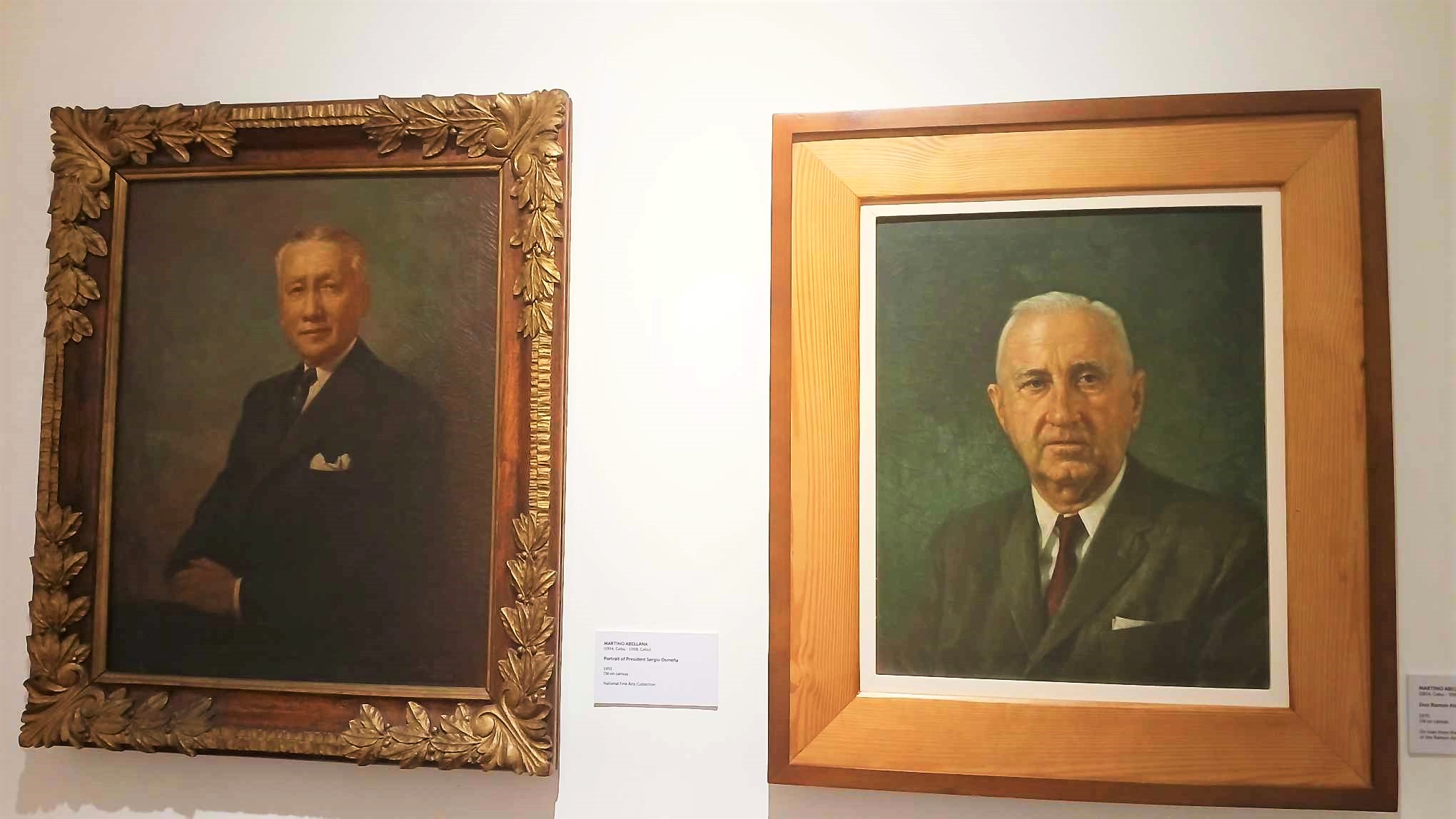
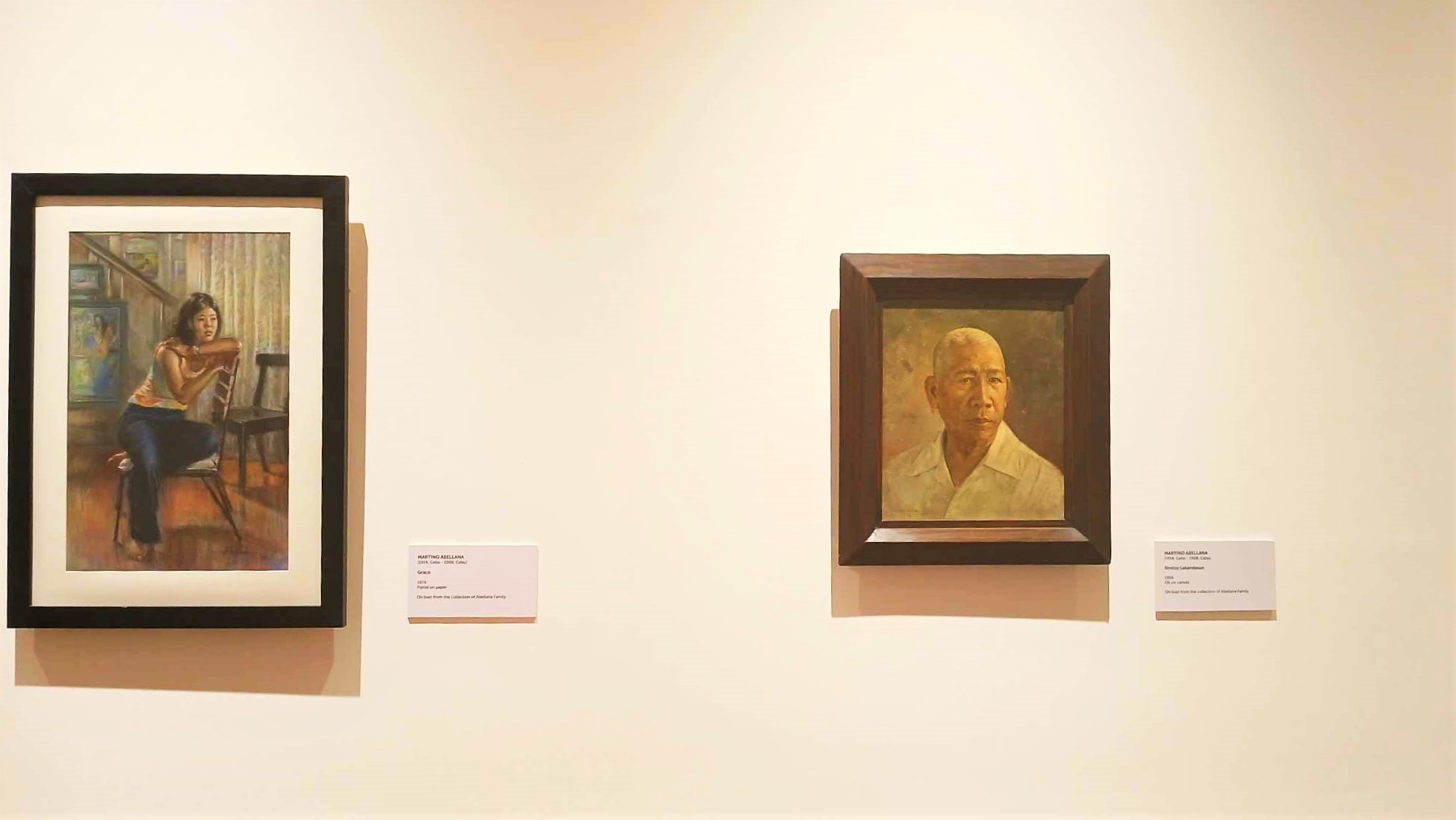
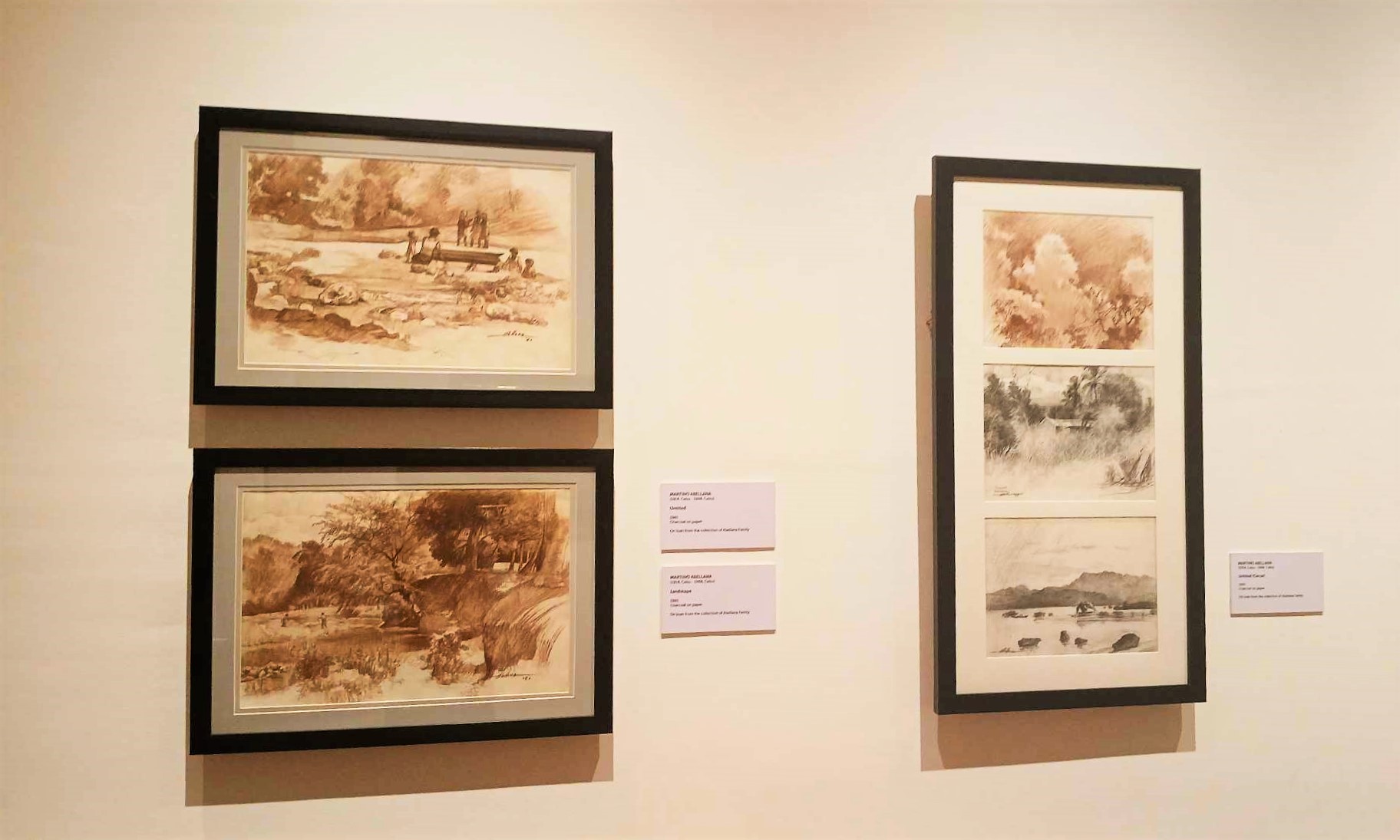

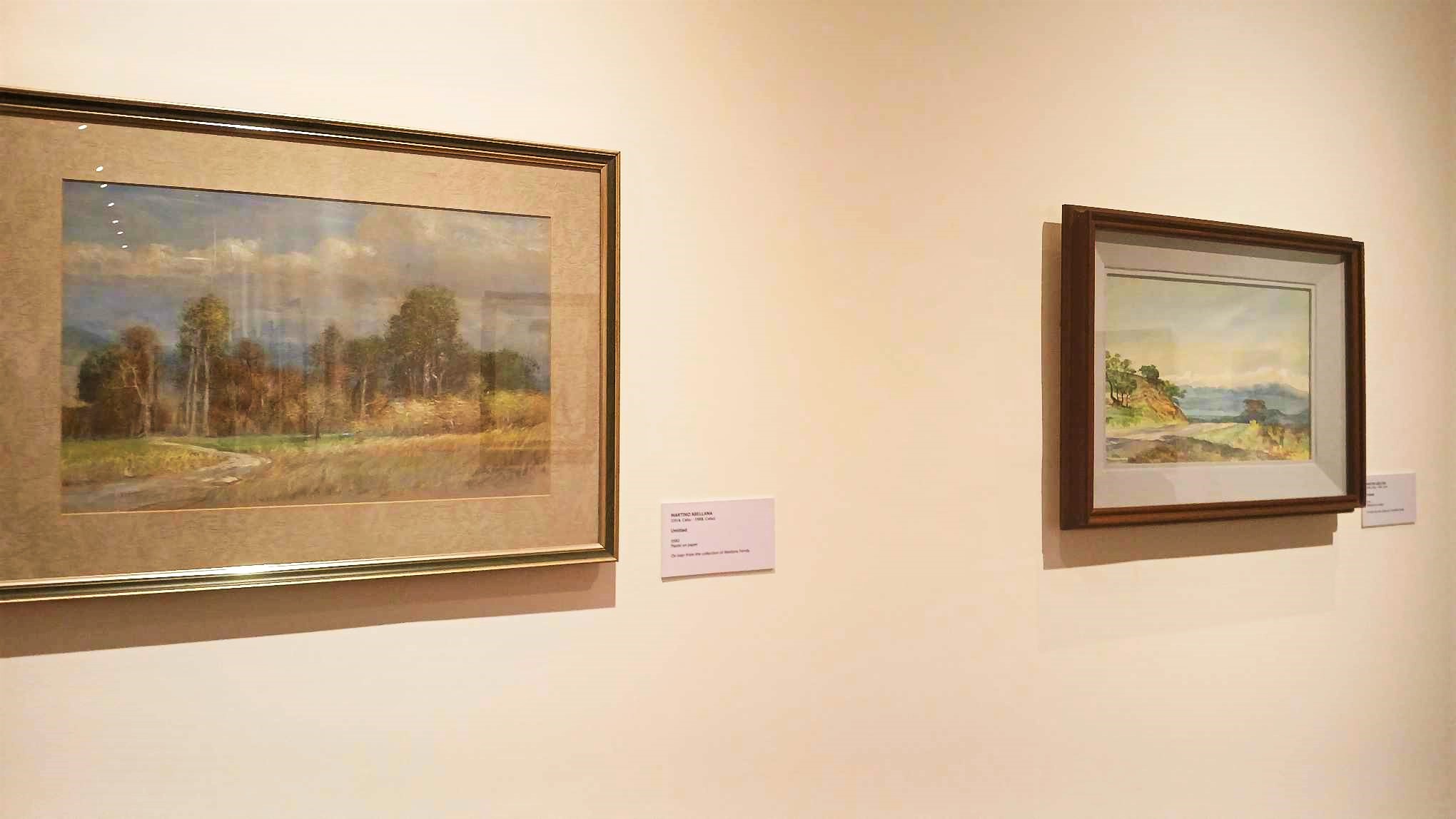
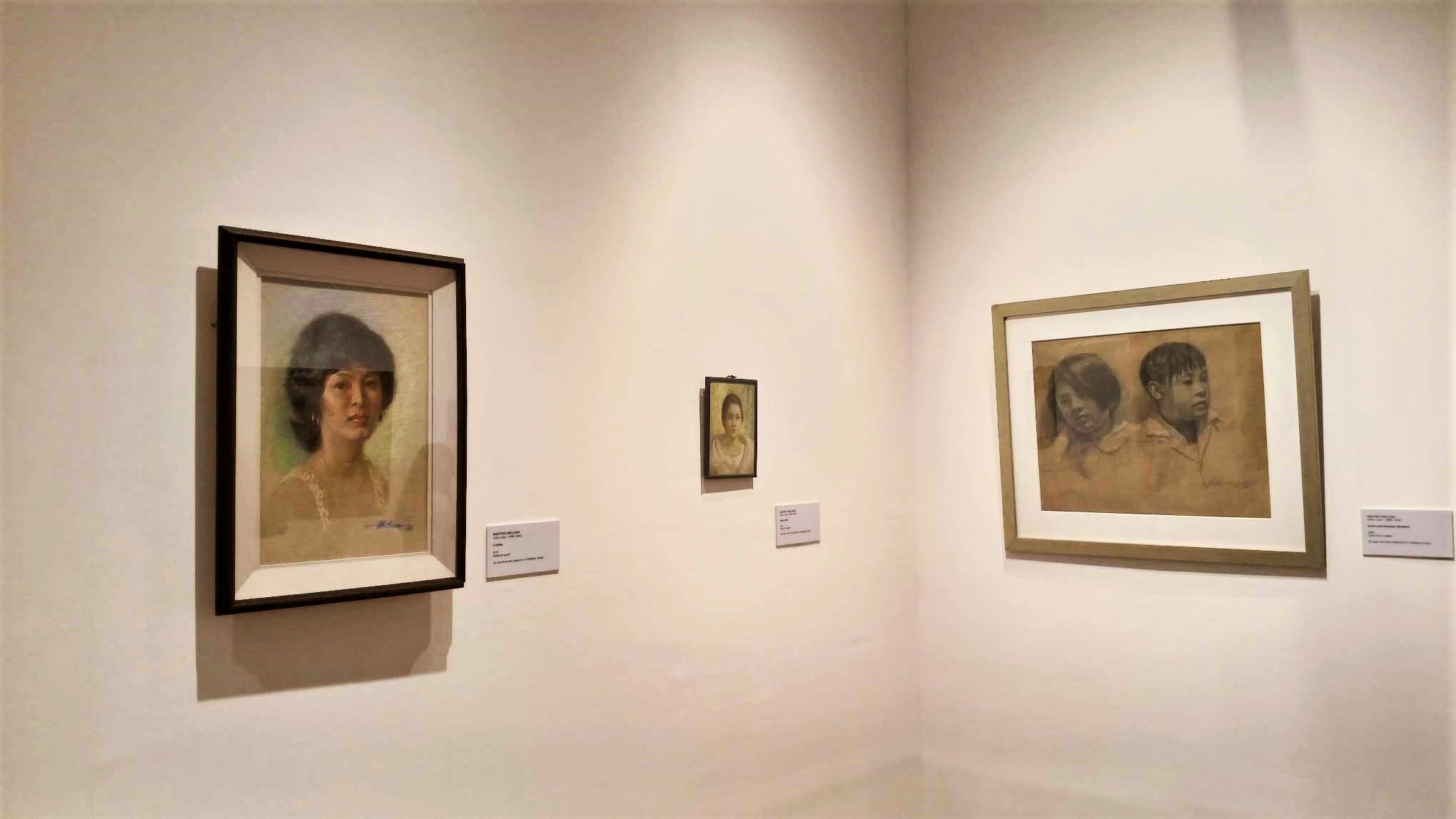
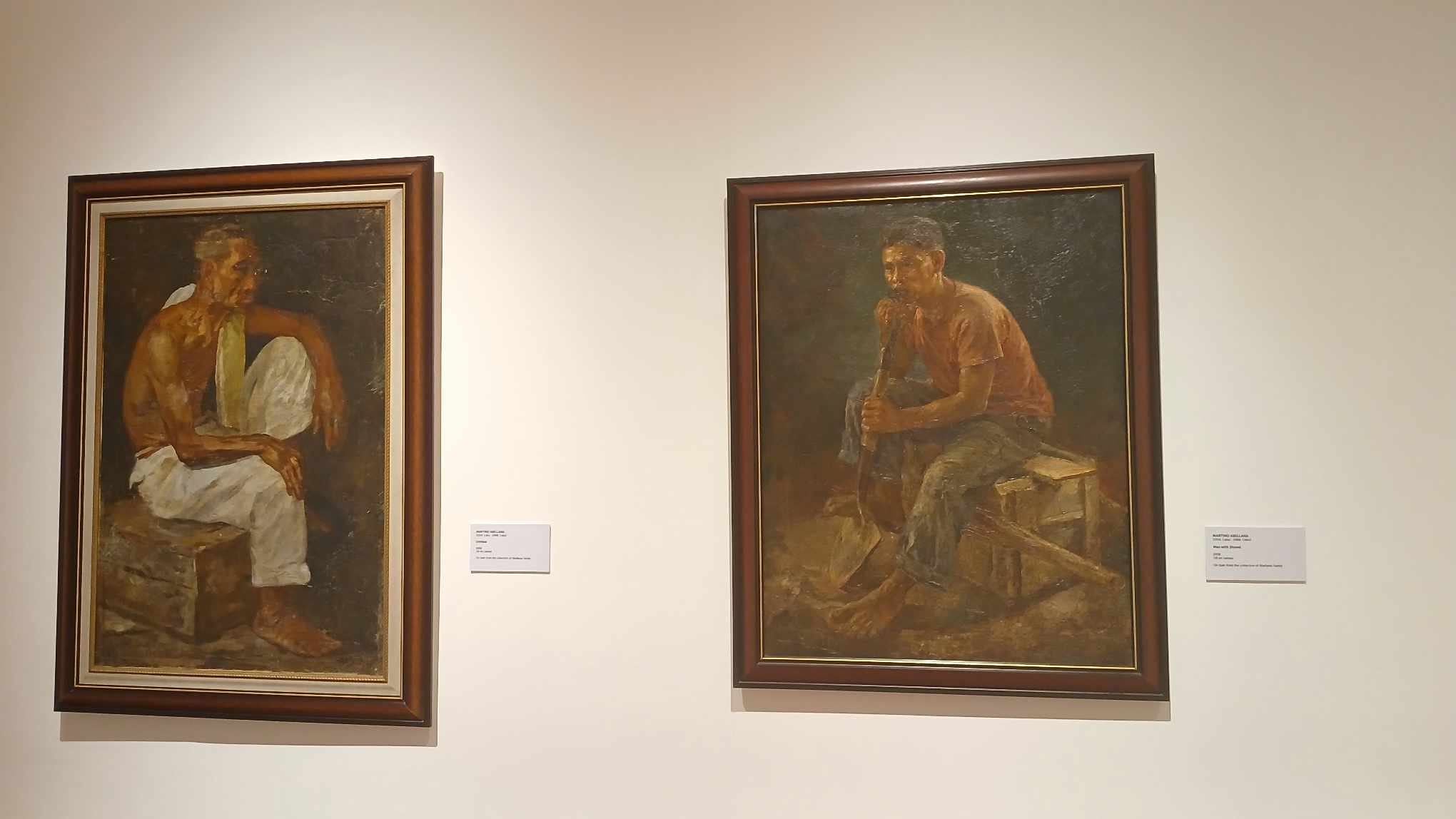

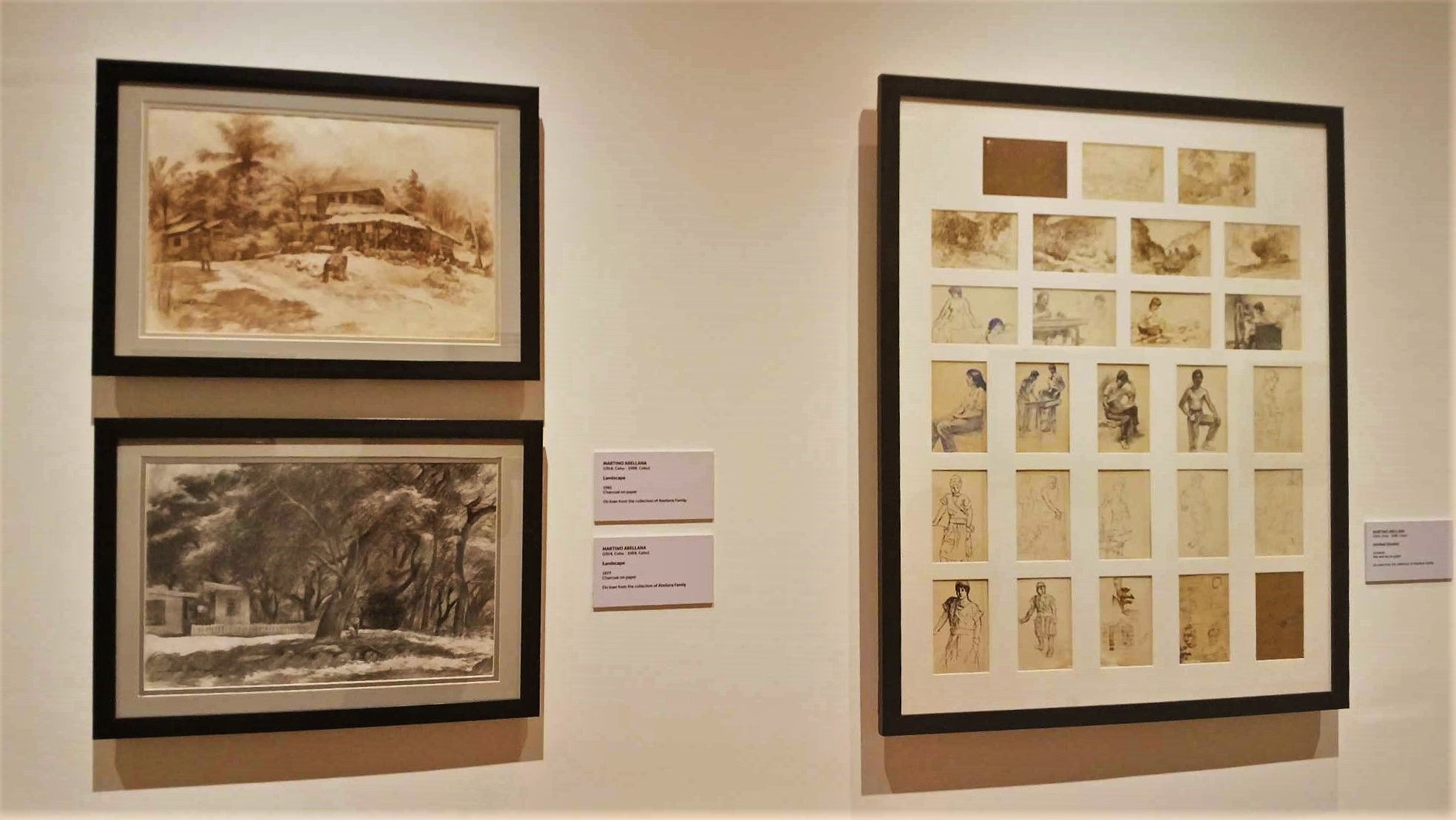
I really appreciate the gallery. Even though Maestro Tinong (Martino Abellana) is no longer here, his name and excellent artworks will stay in my mind, and I hope in other's minds too. Although I wasn't familiar with the artist, I was impressed by all of his artworks, and he truly deserves the recognition.
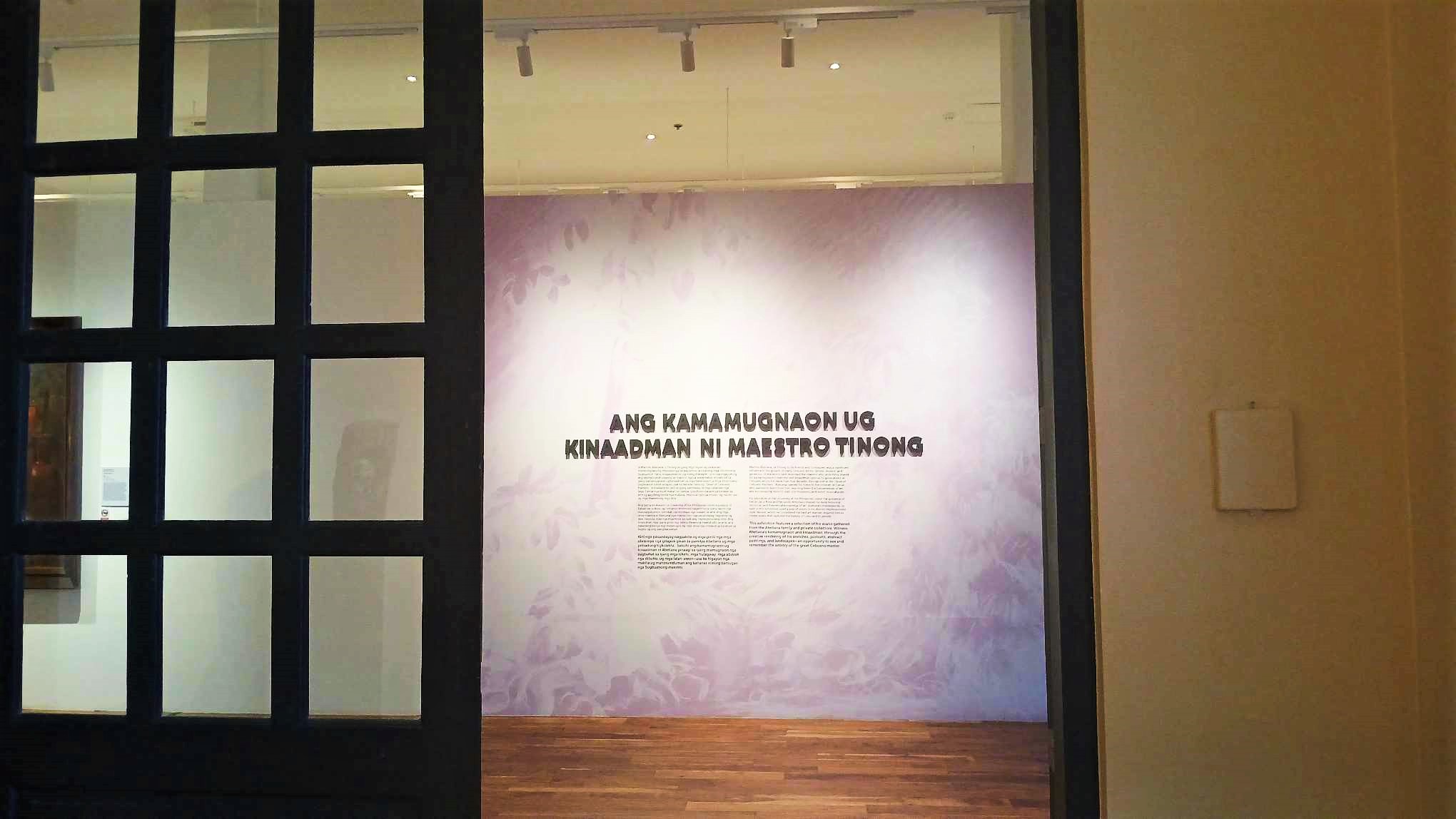
Overall, I enjoyed the time I spent exploring the wonders of the museum. The exterior of the building is vibrant, and the interior exudes modern but classic design. I had an educational and, at the same time, wonderful experience.

If you wish to visit the museum, it is located at Former Malacañan sa Sugbo (Old Customs House), A. Pigafetta St., Cebu City, Cebu City, Philippines, and it is open every Tuesday to Sunday.
All photos were captured using my phone.
I hope you enjoyed this blog, sweeties! Have a good day or night, wherever you may be. Until next time!
